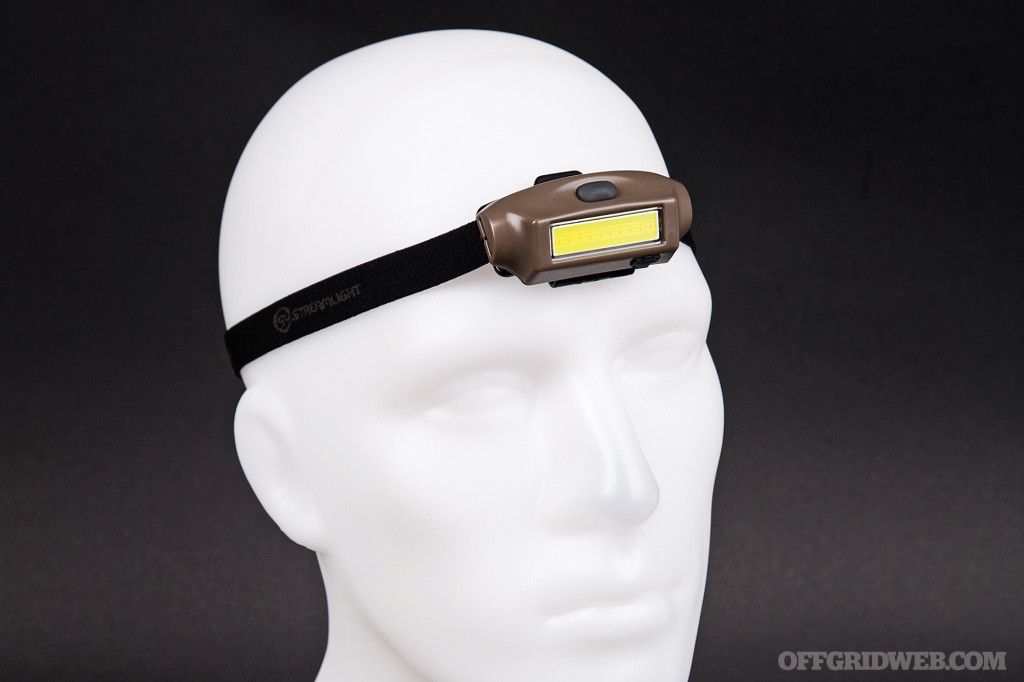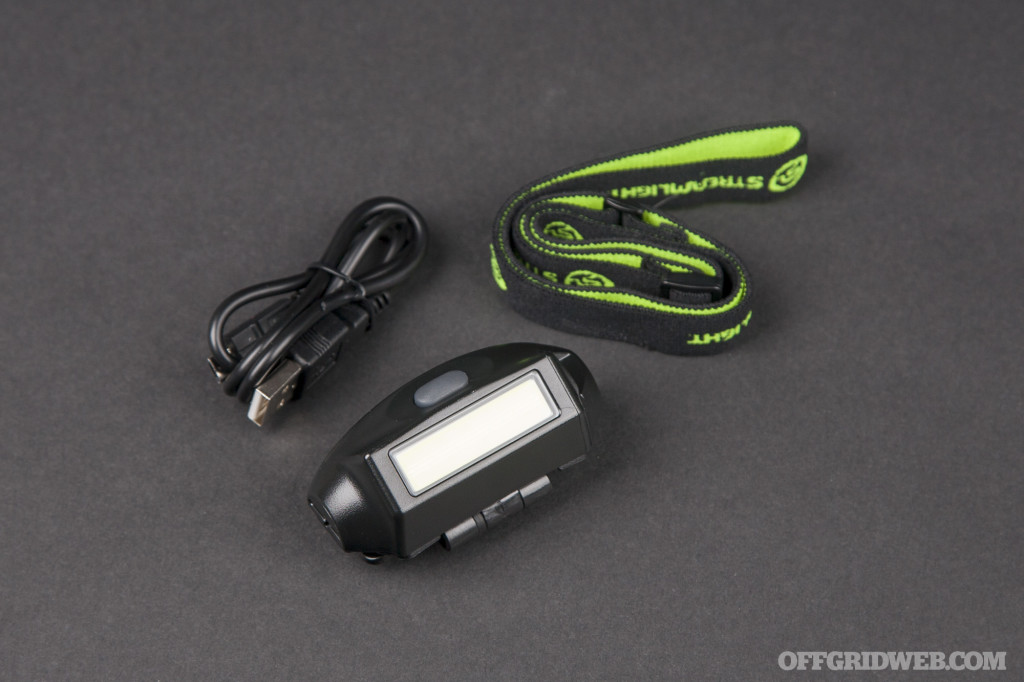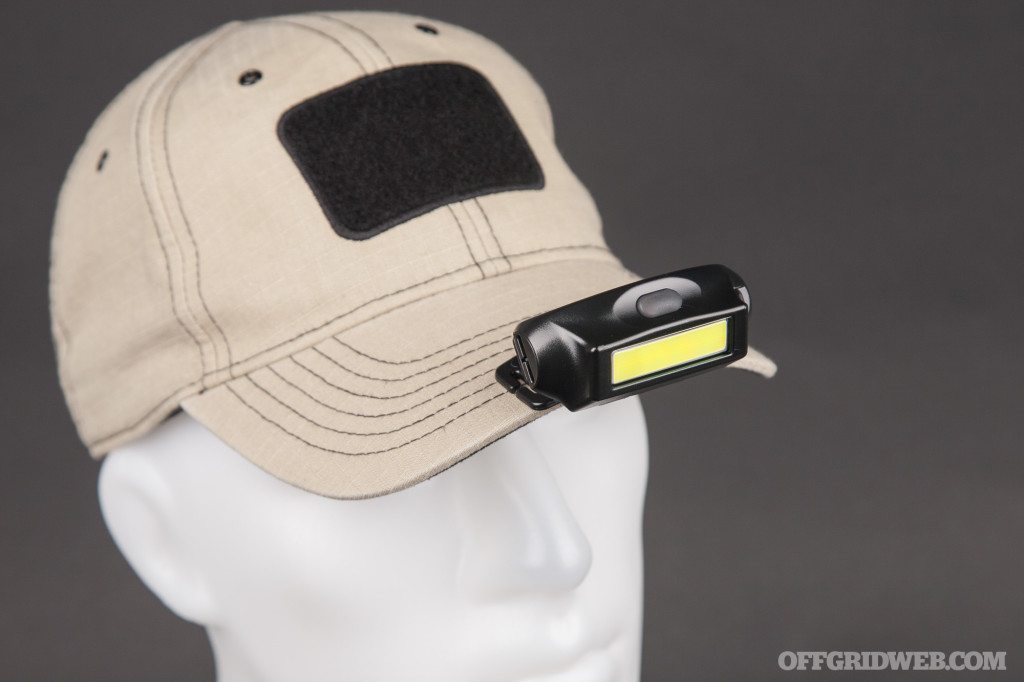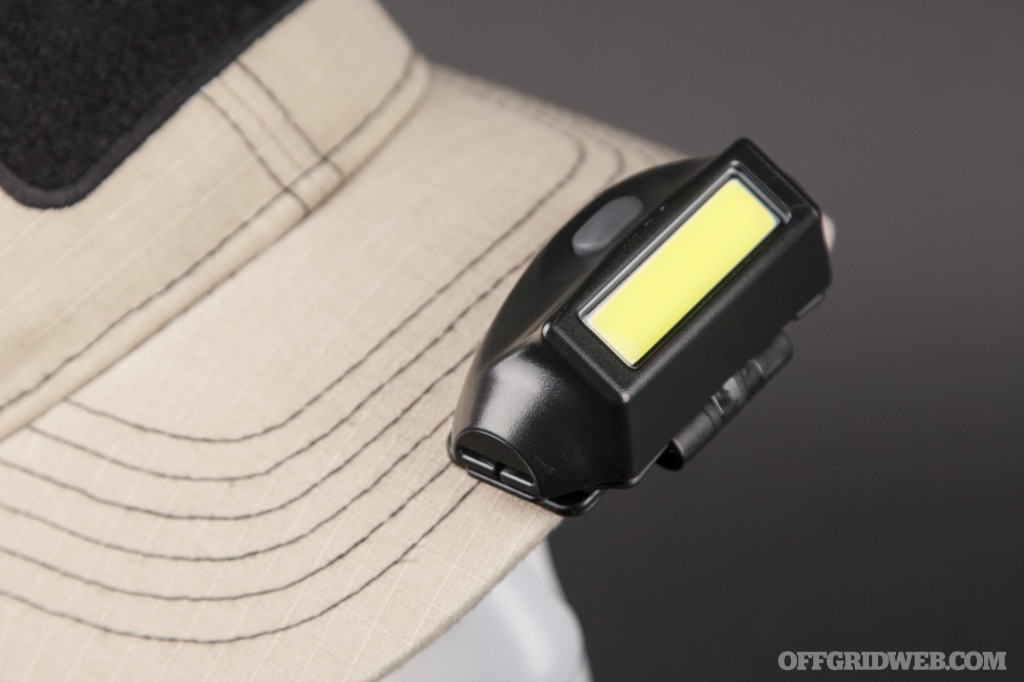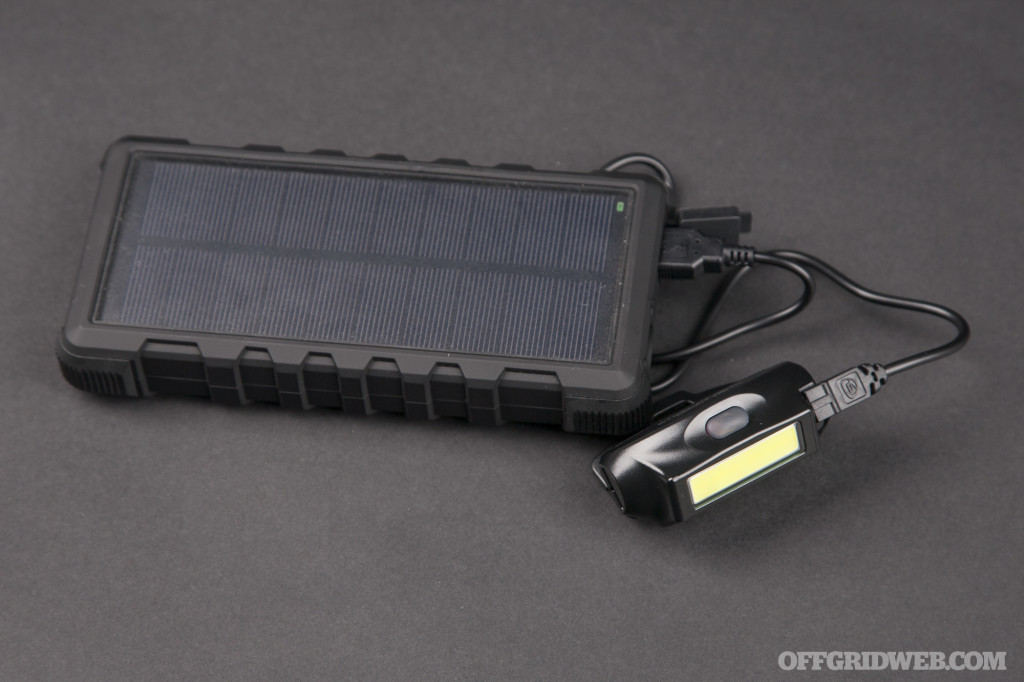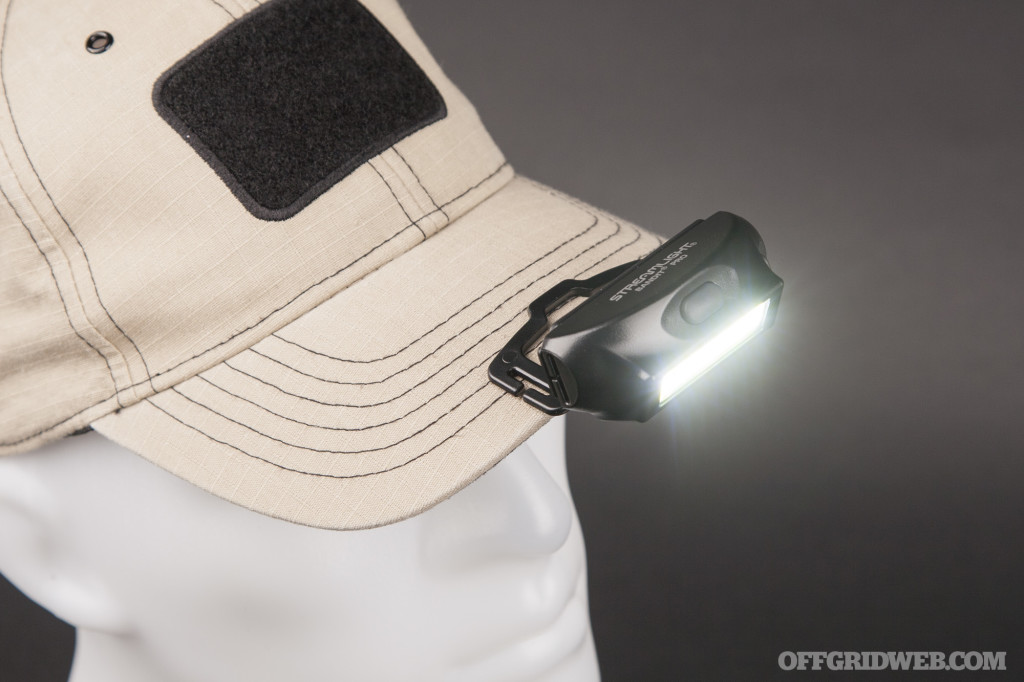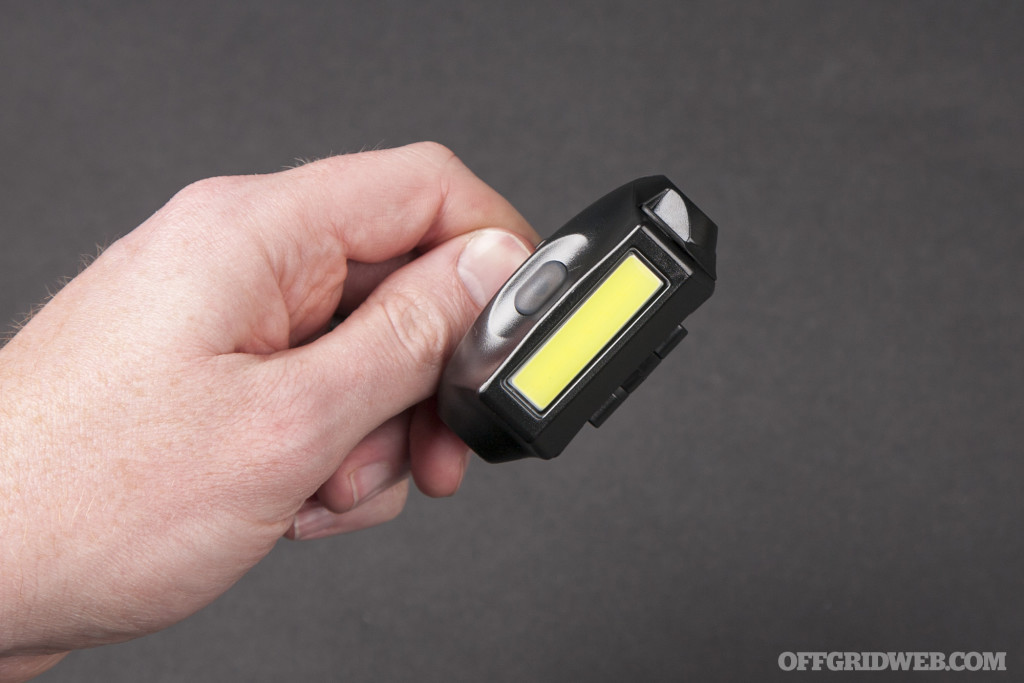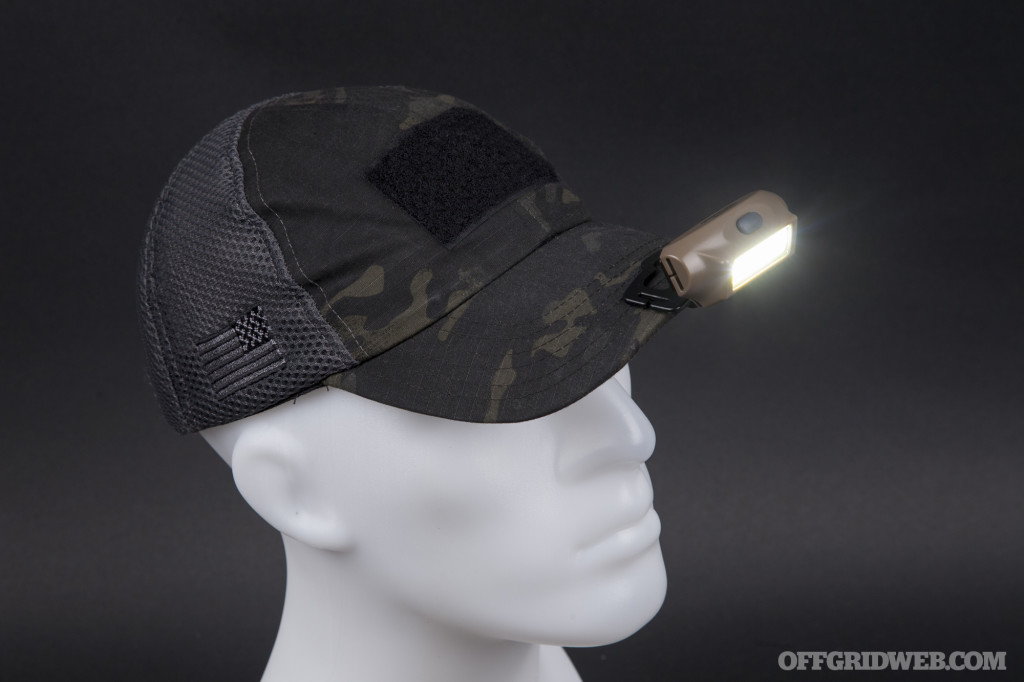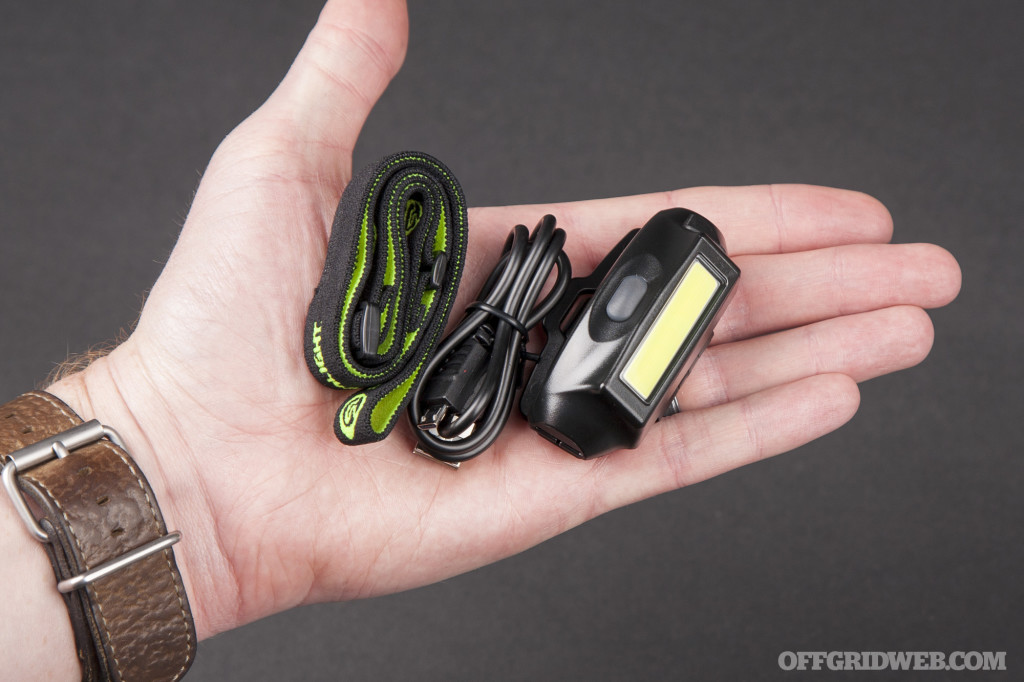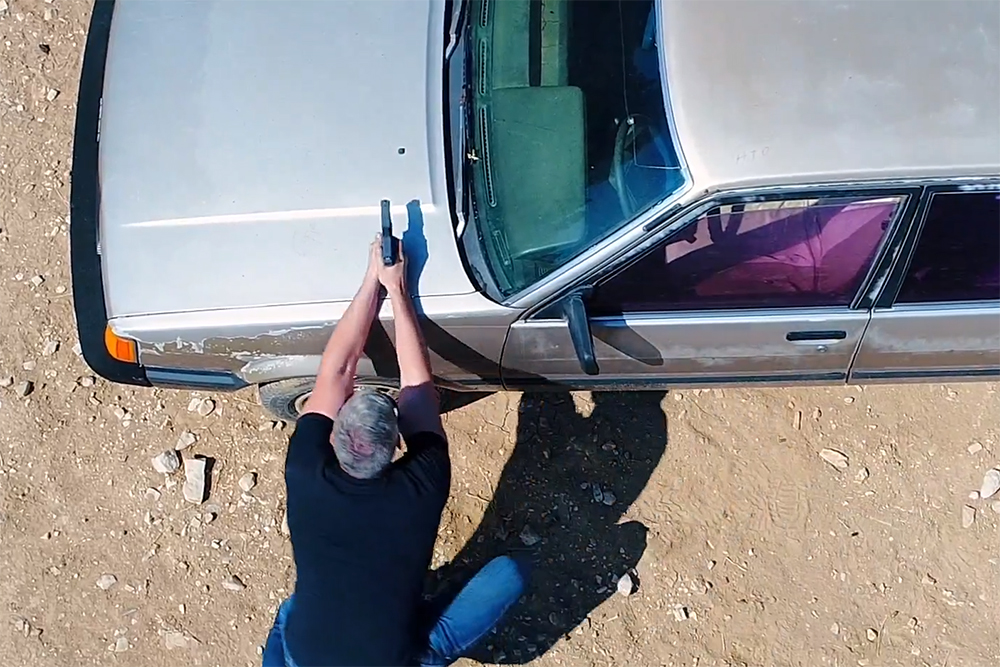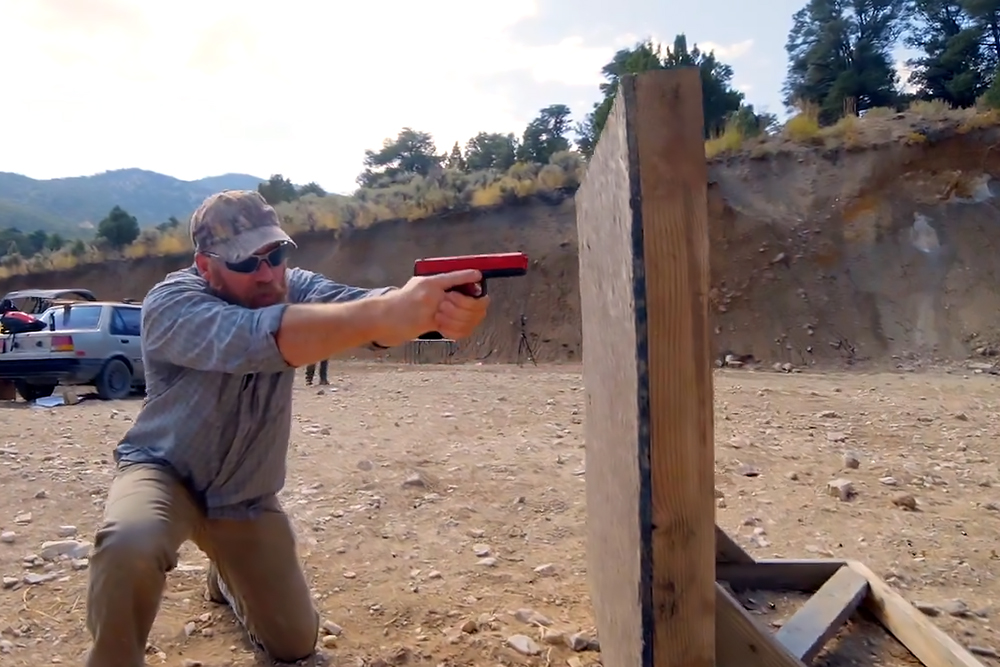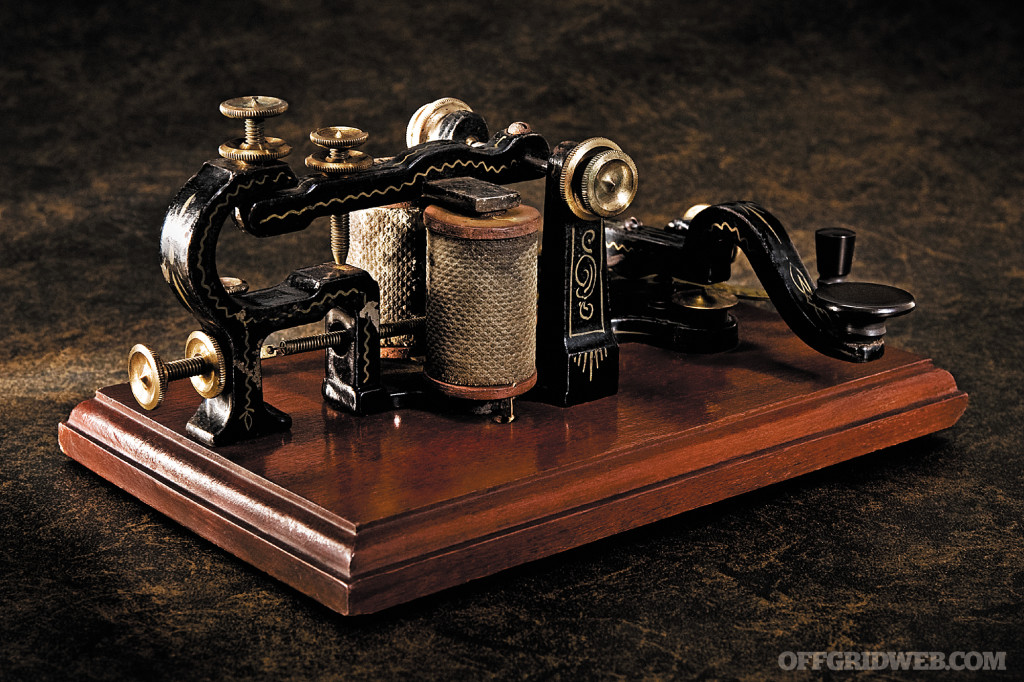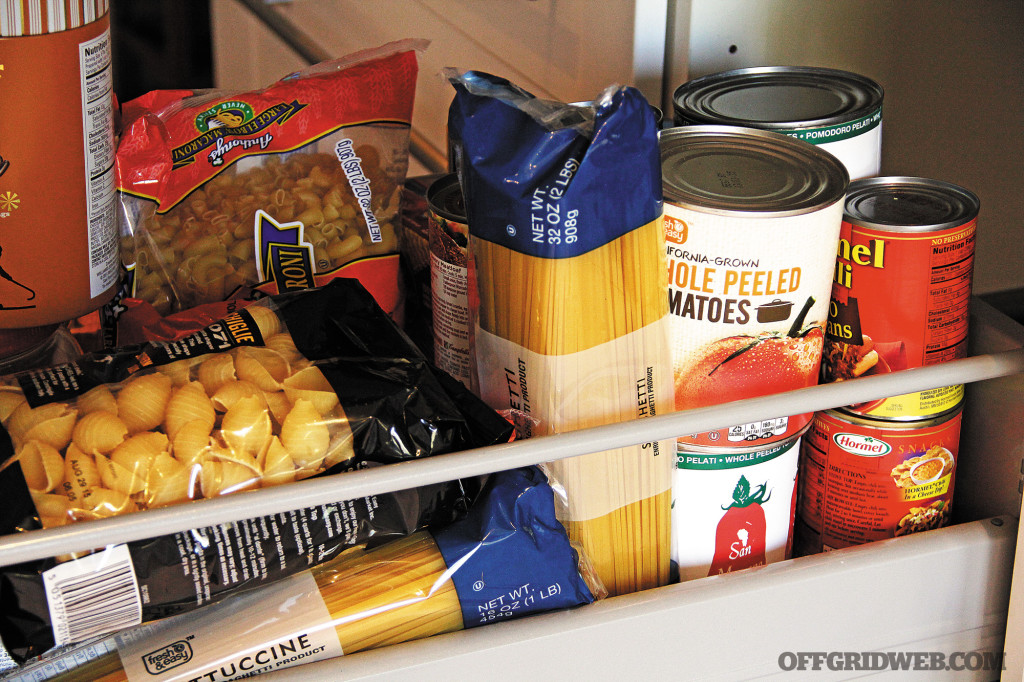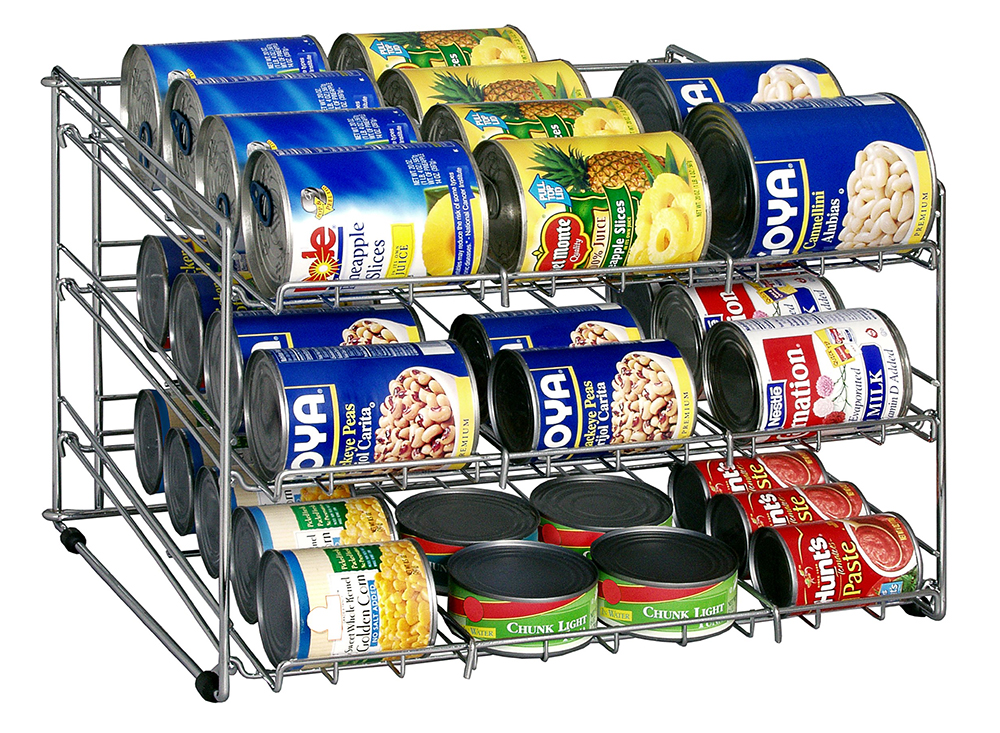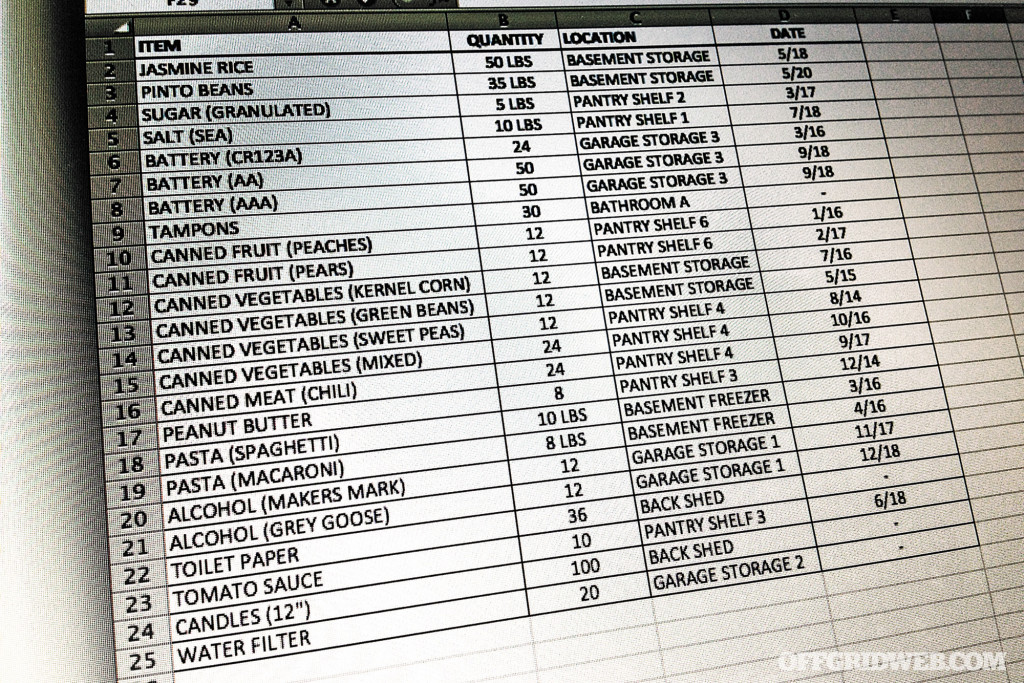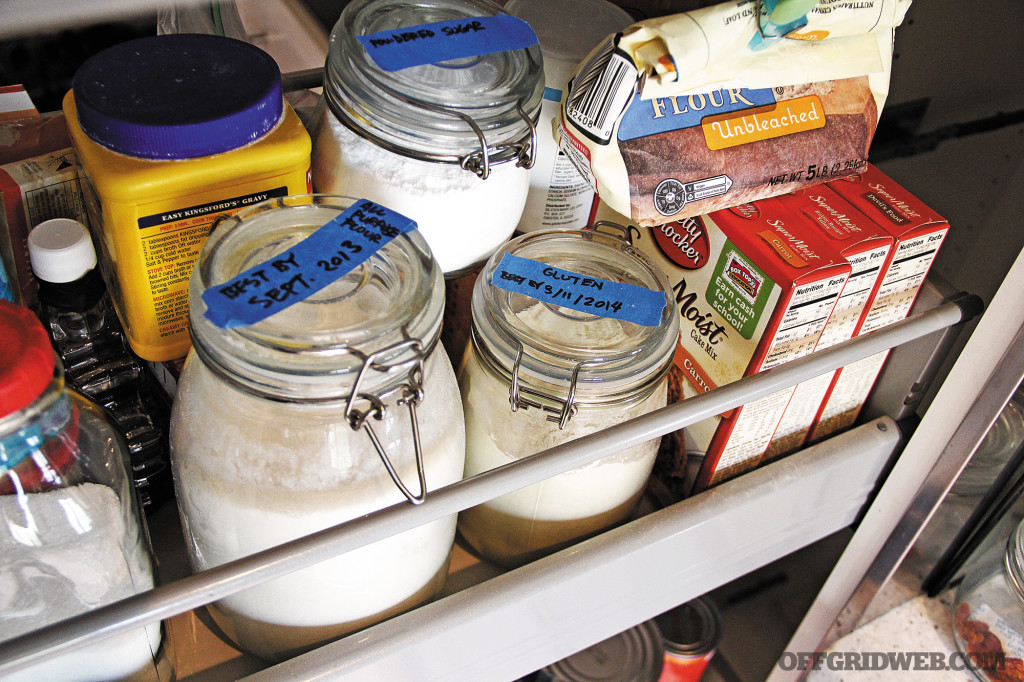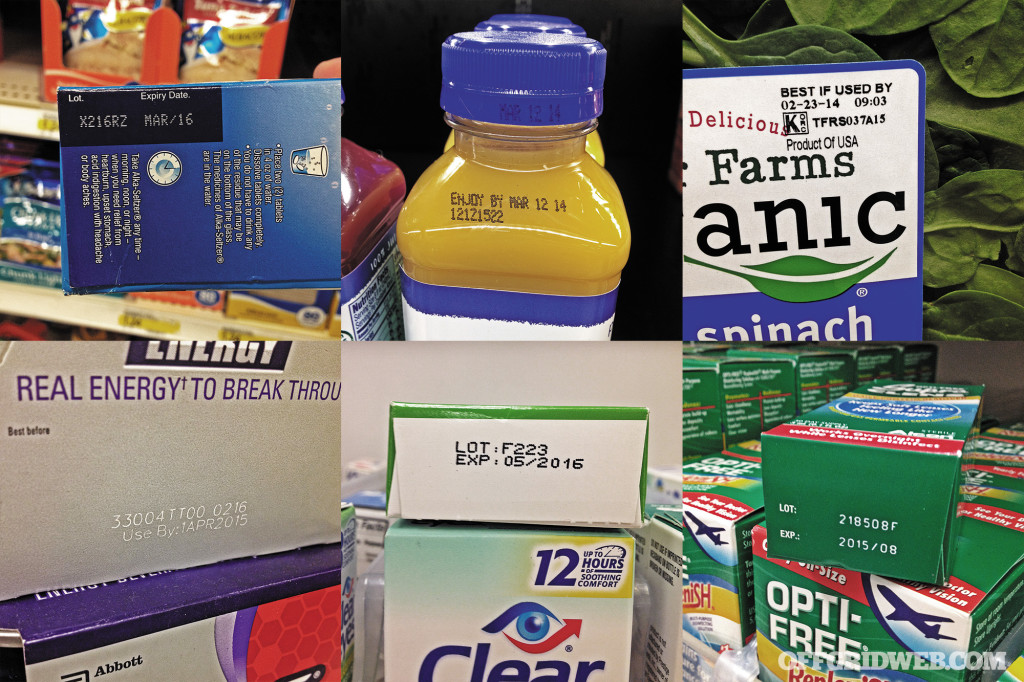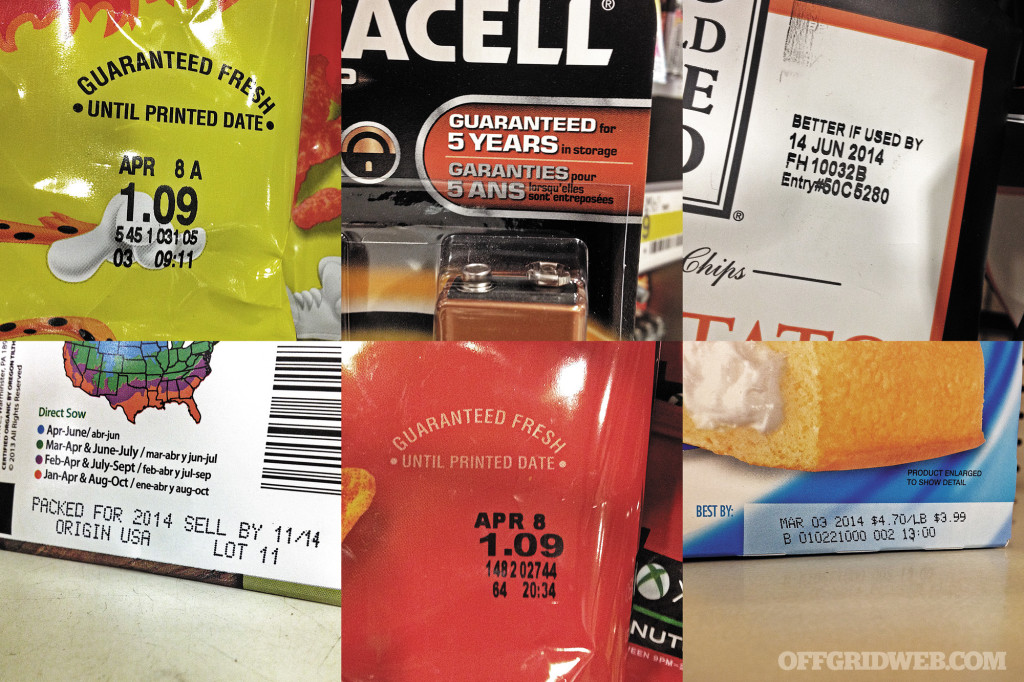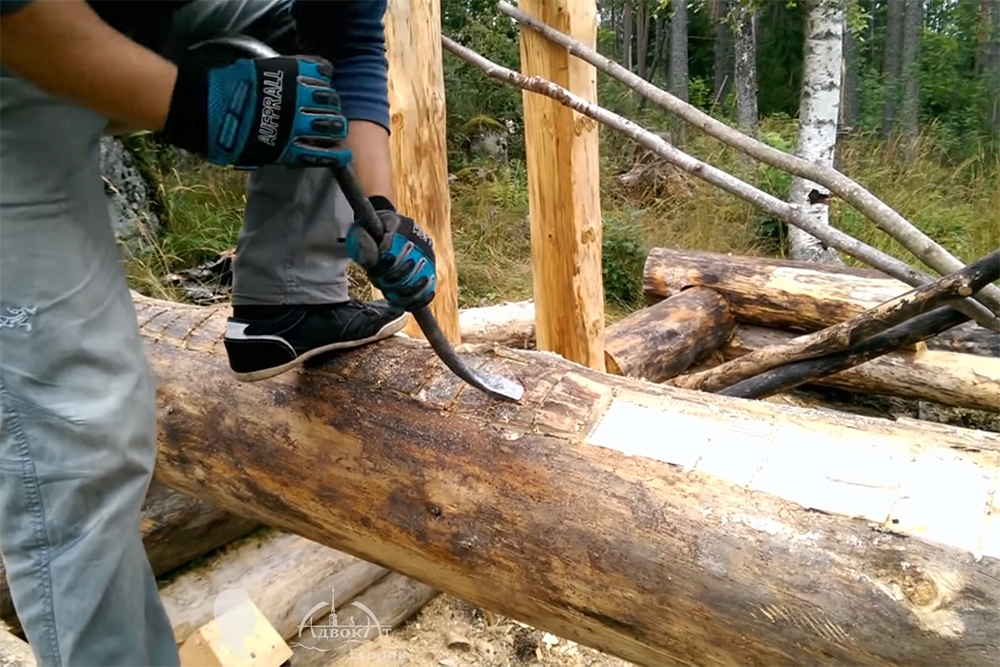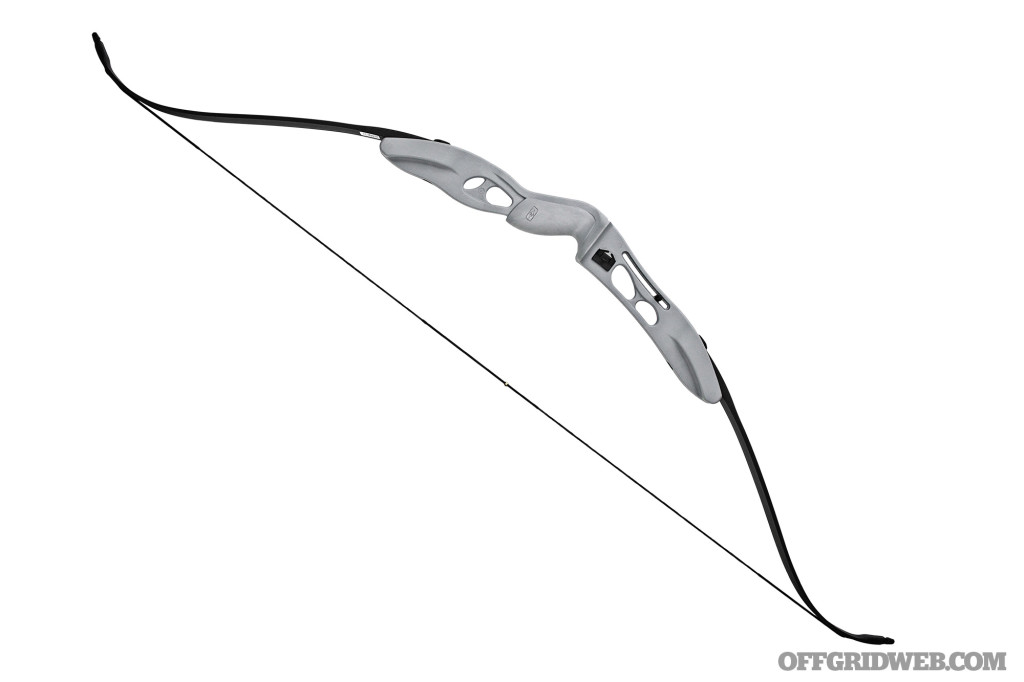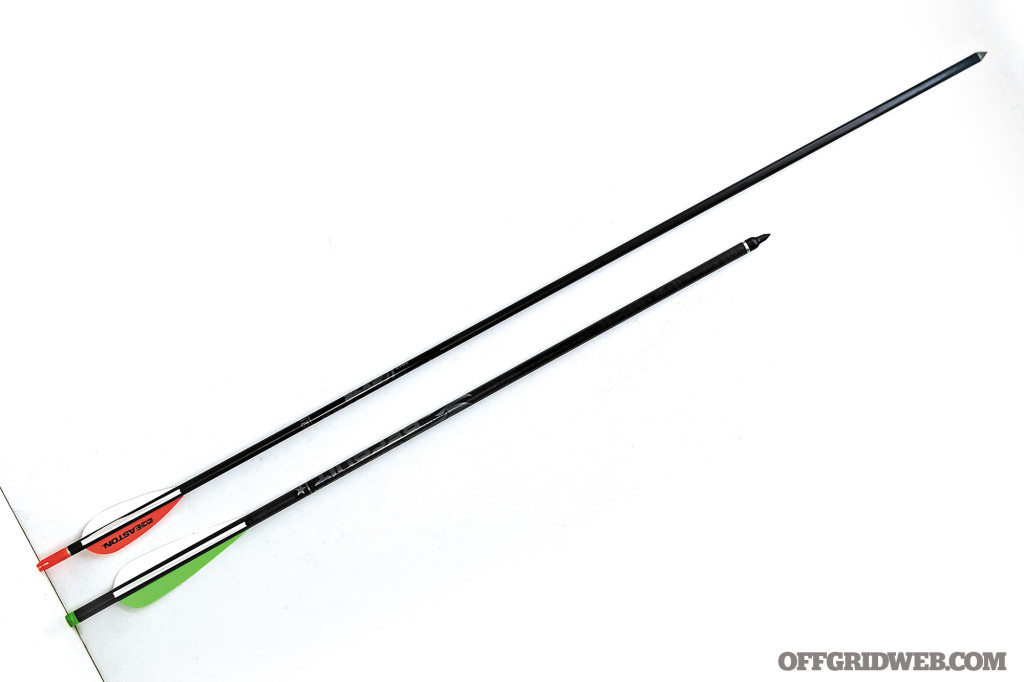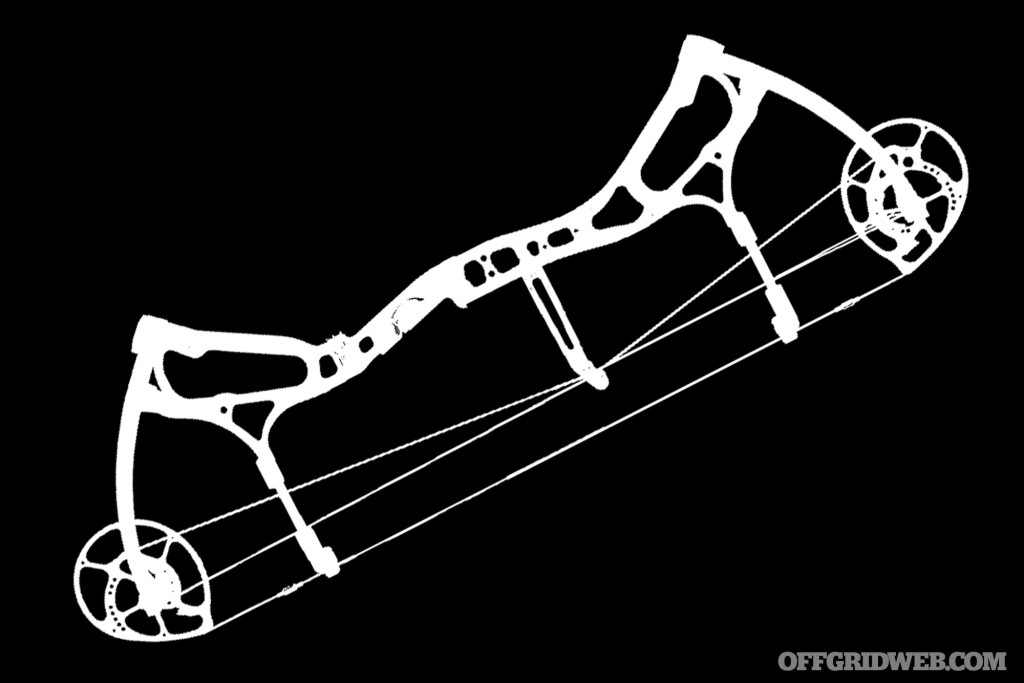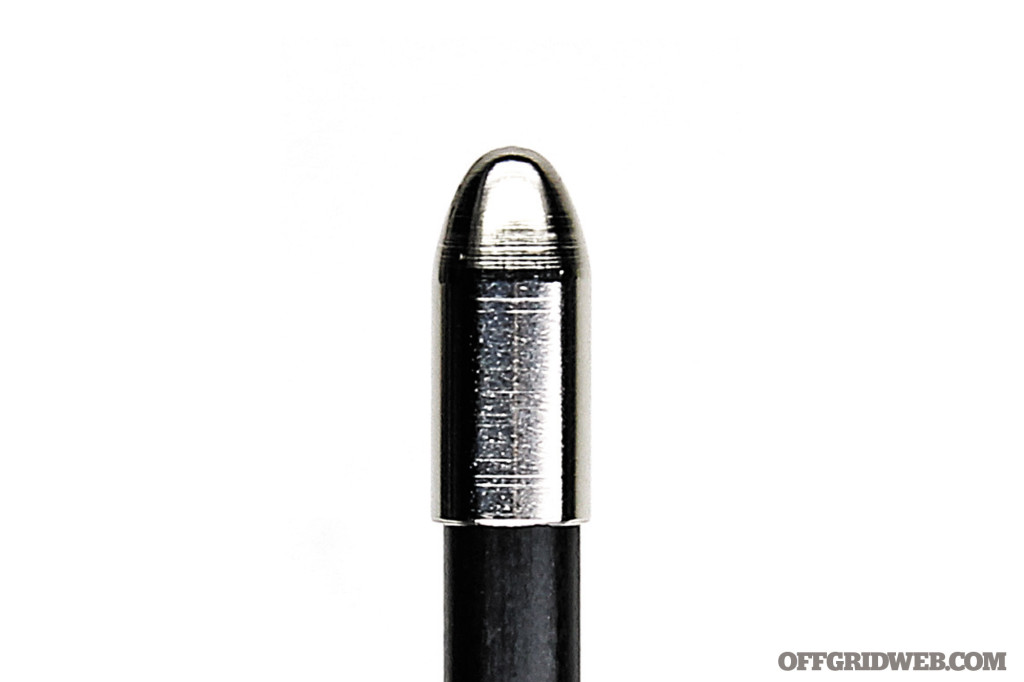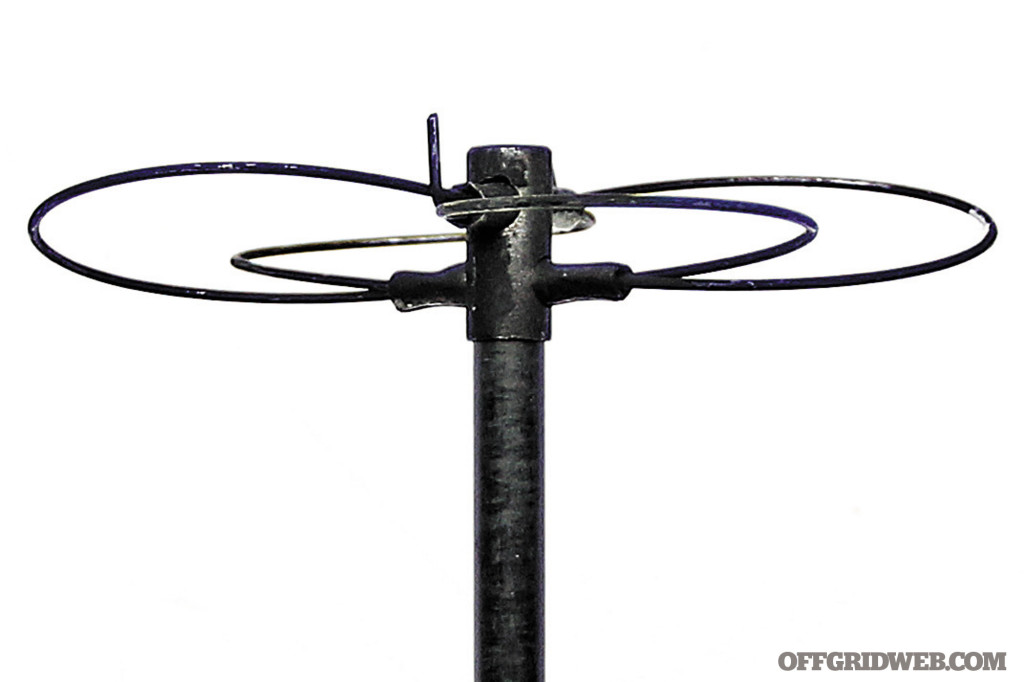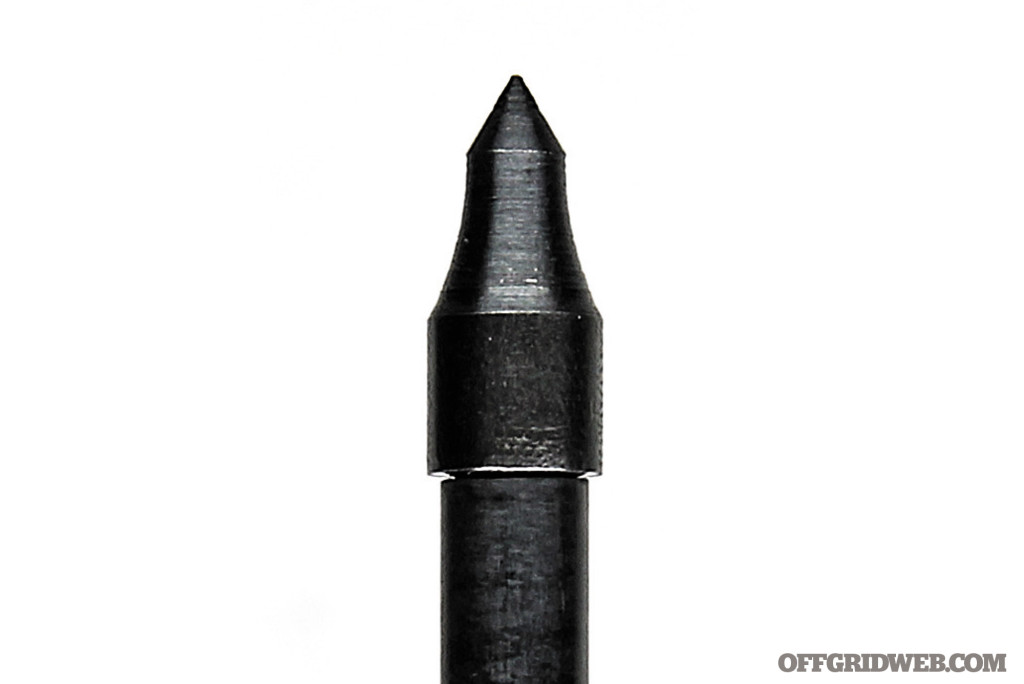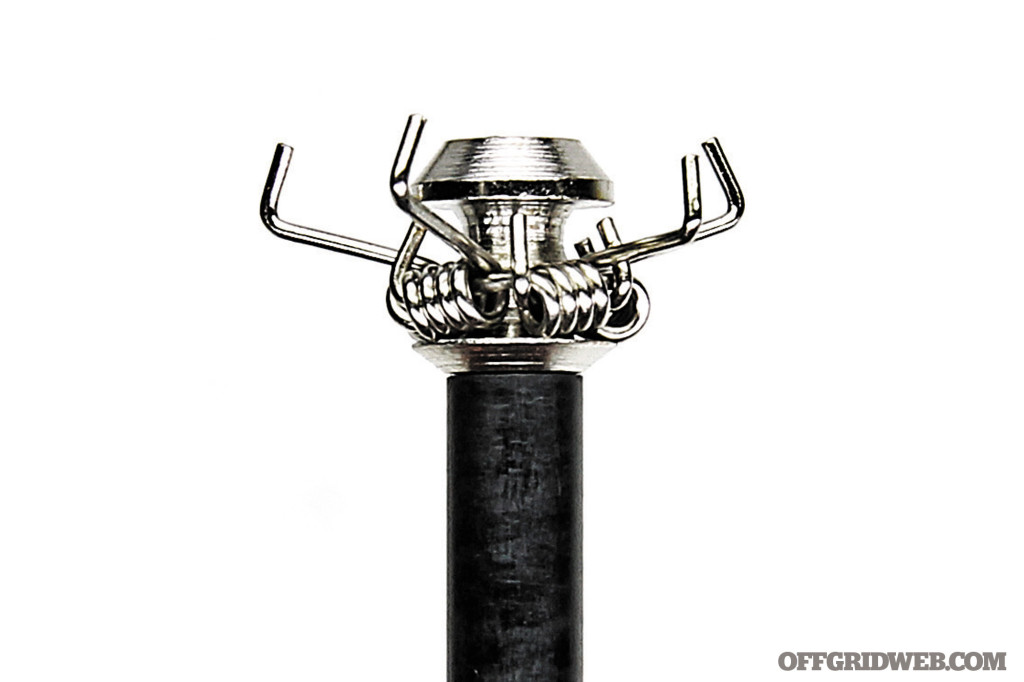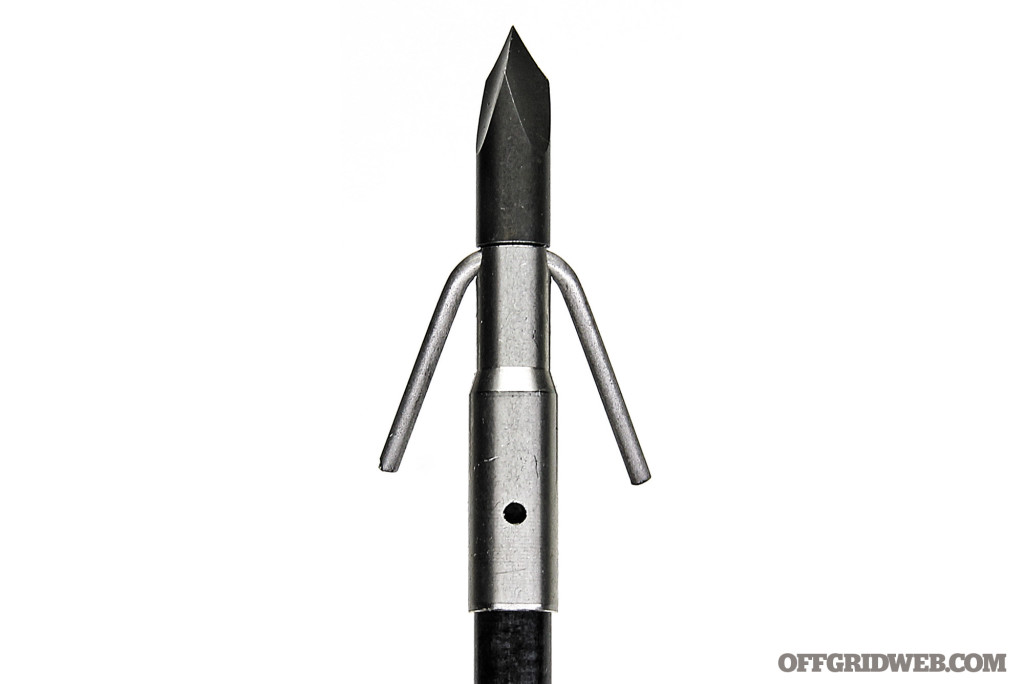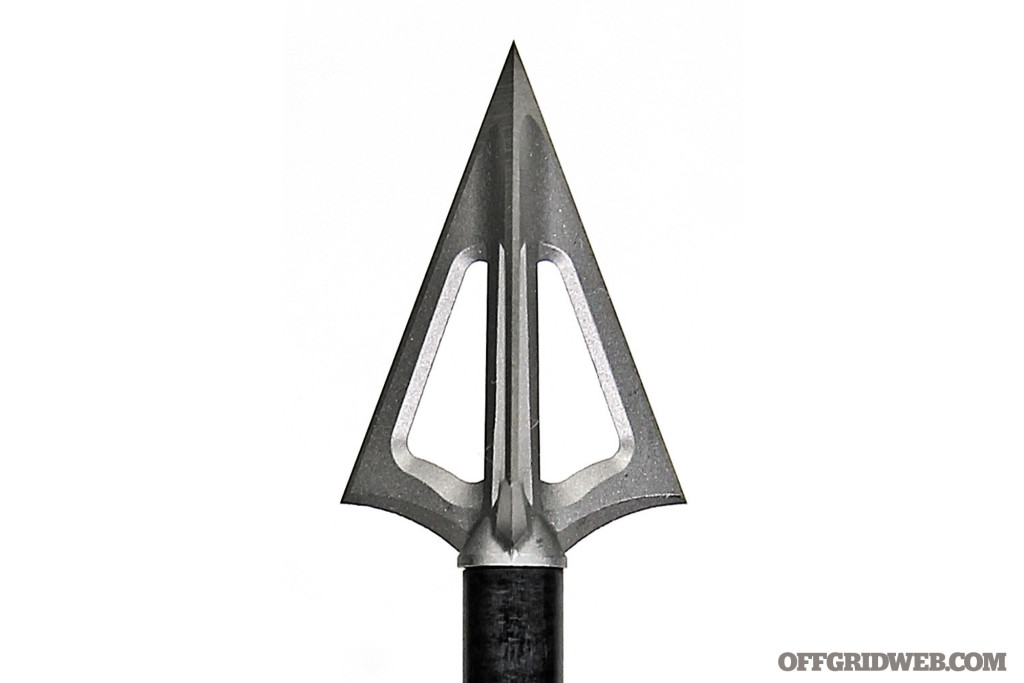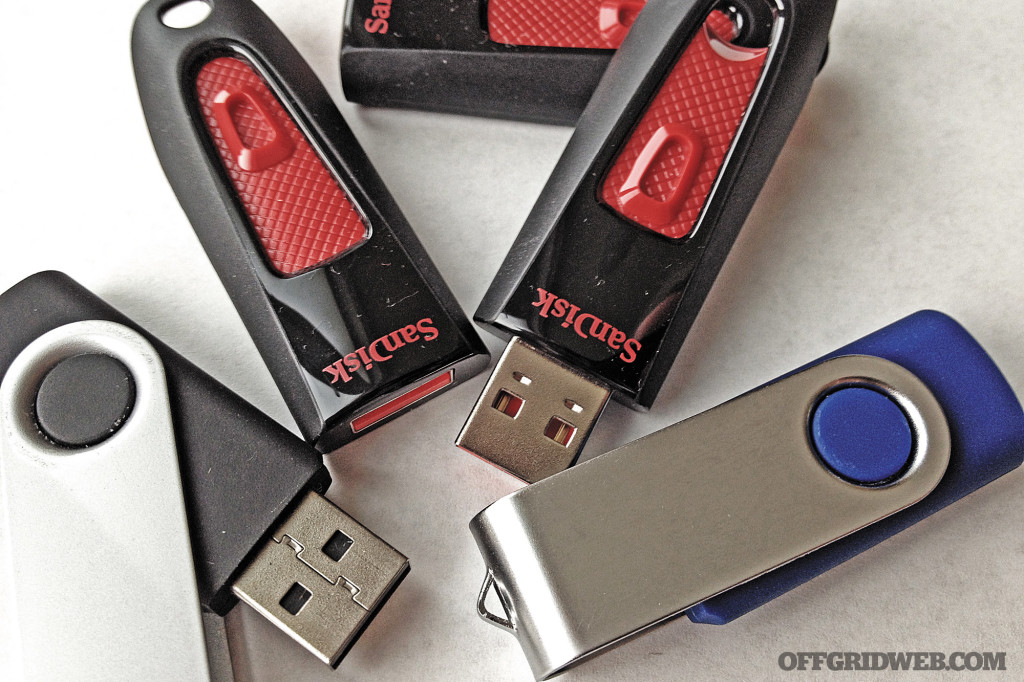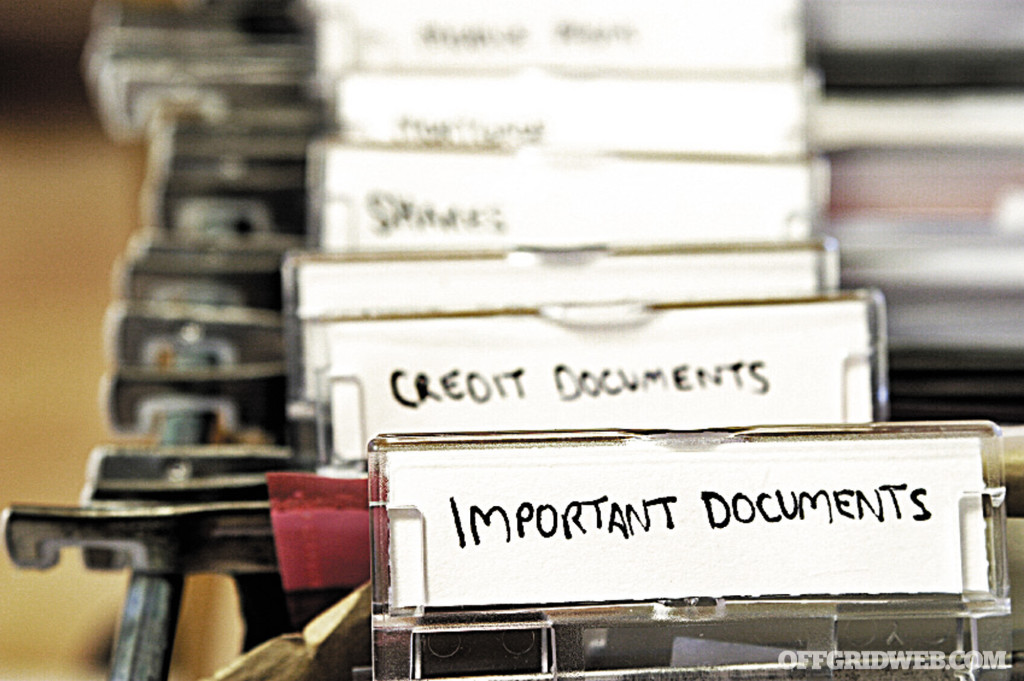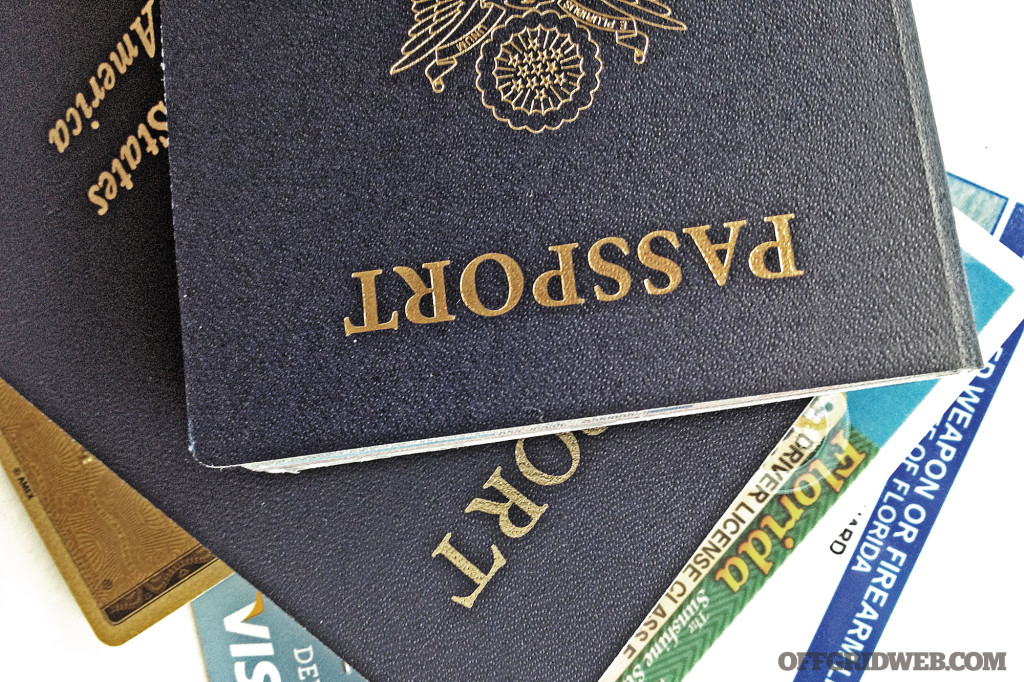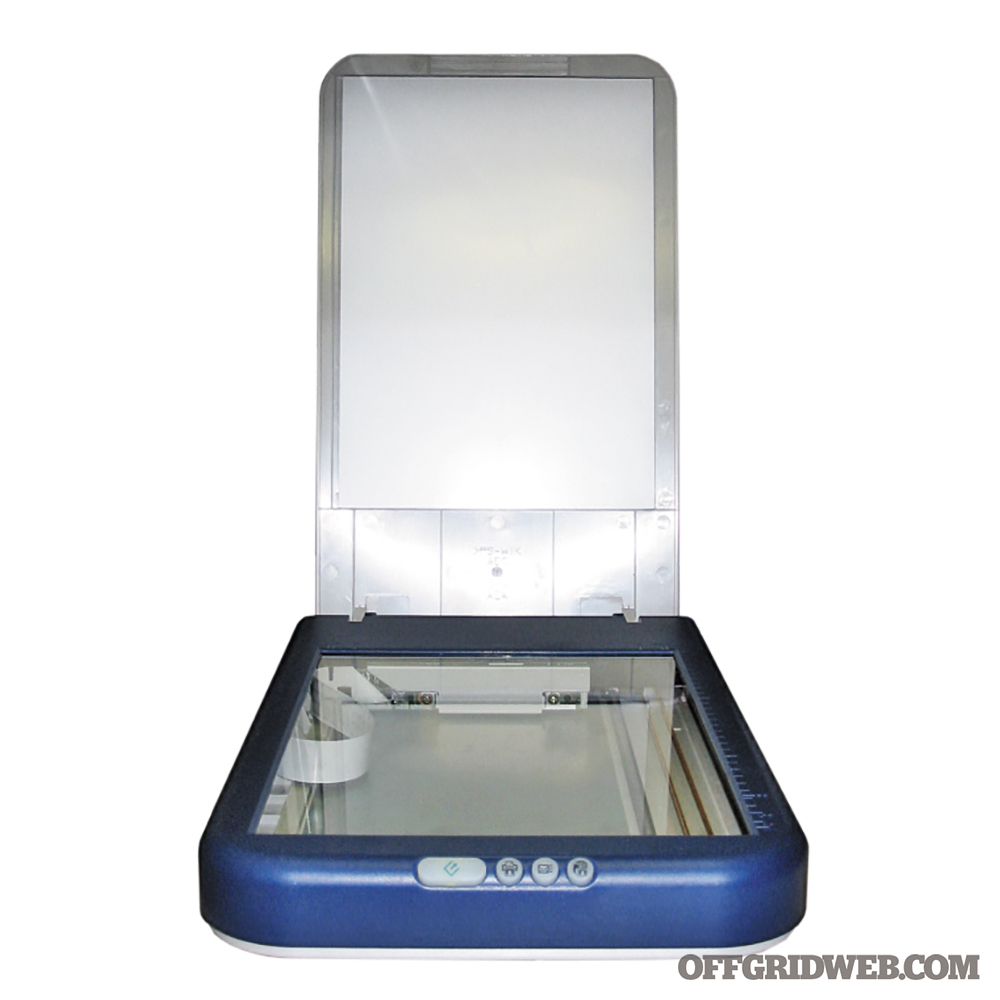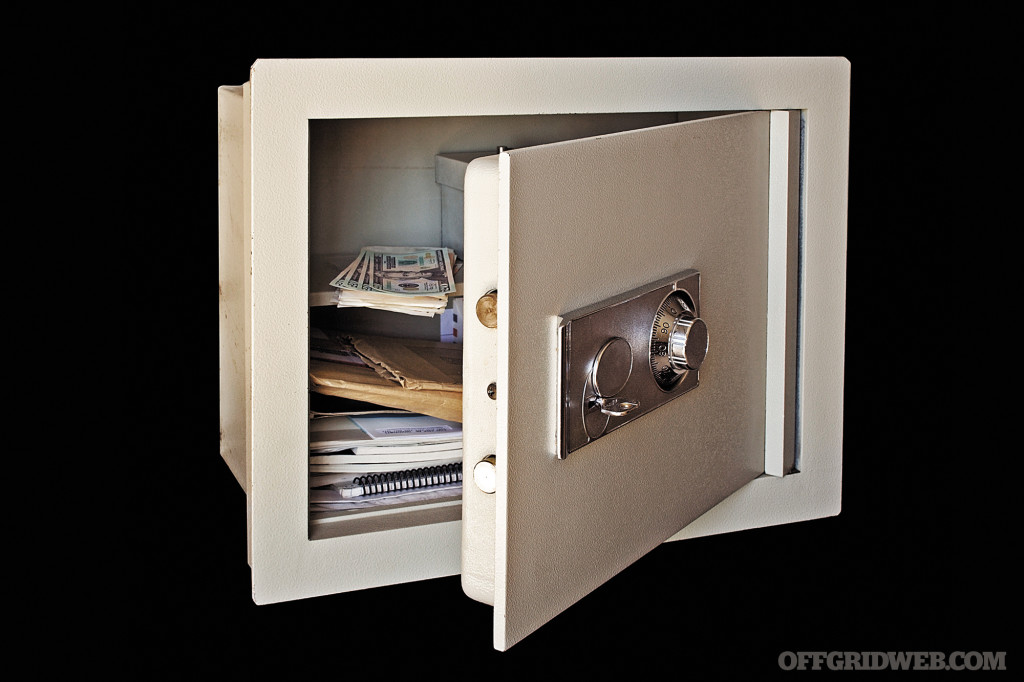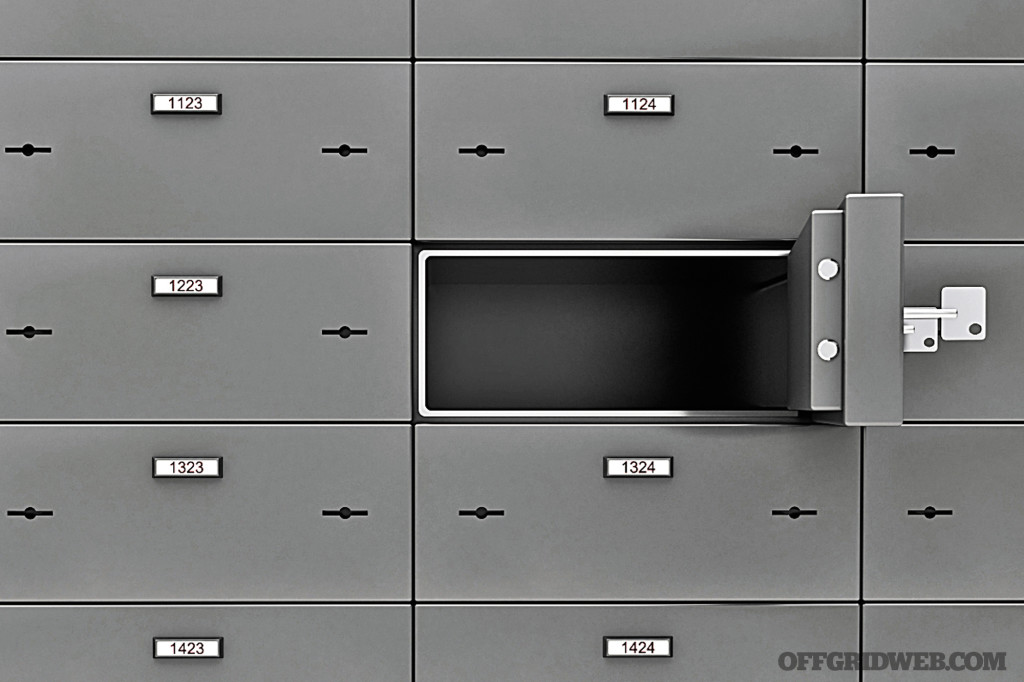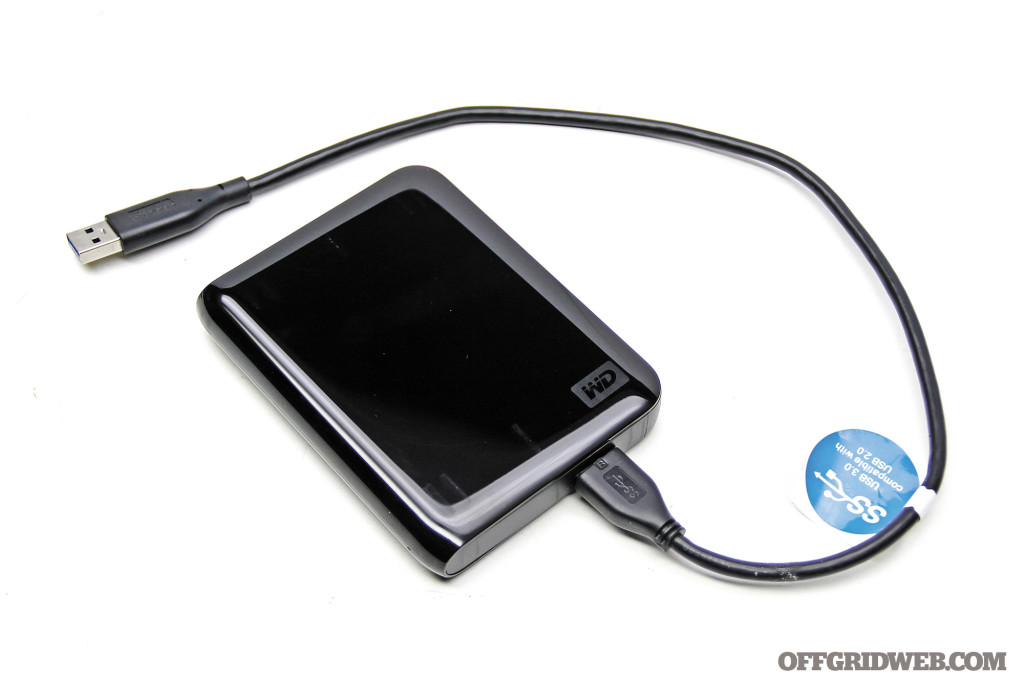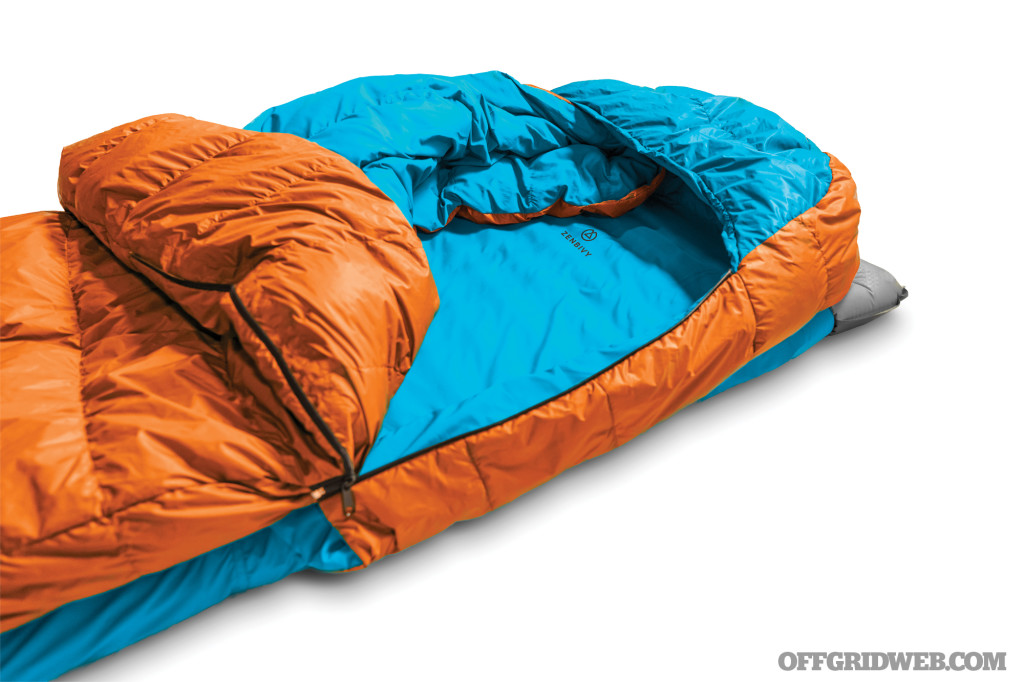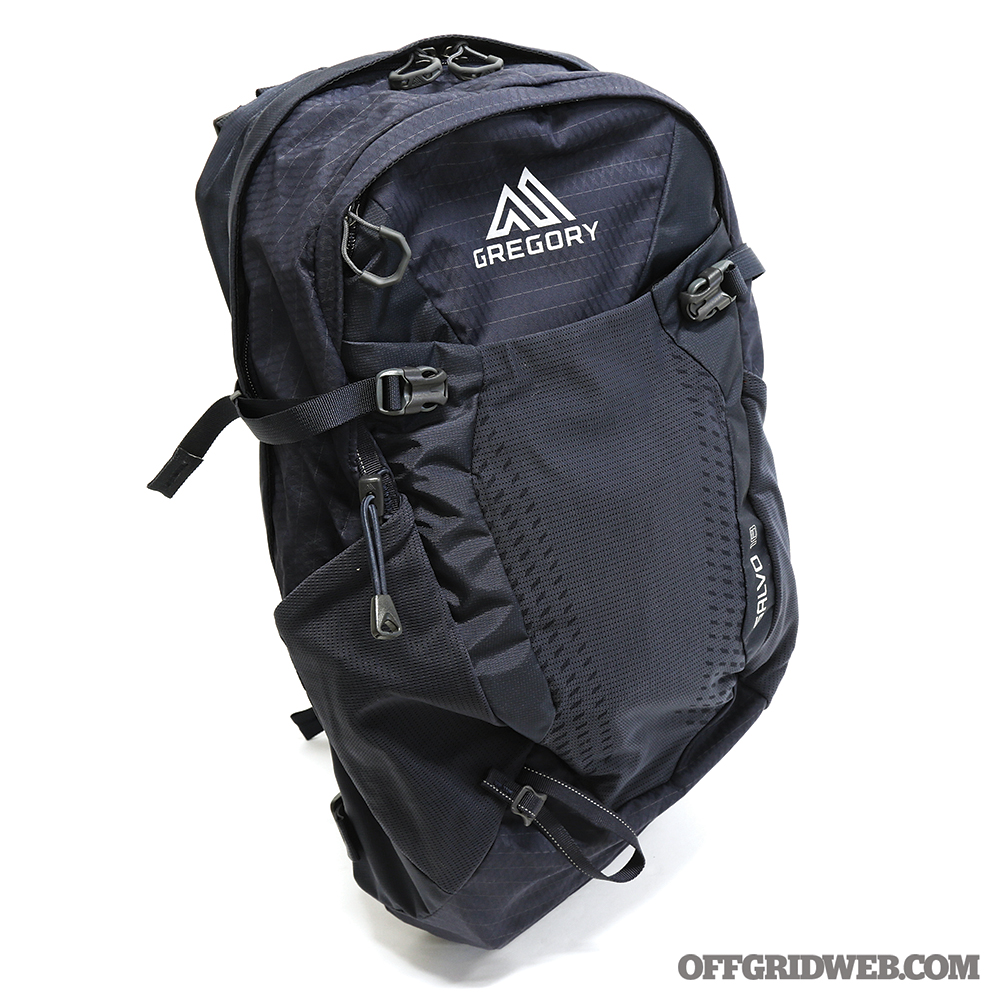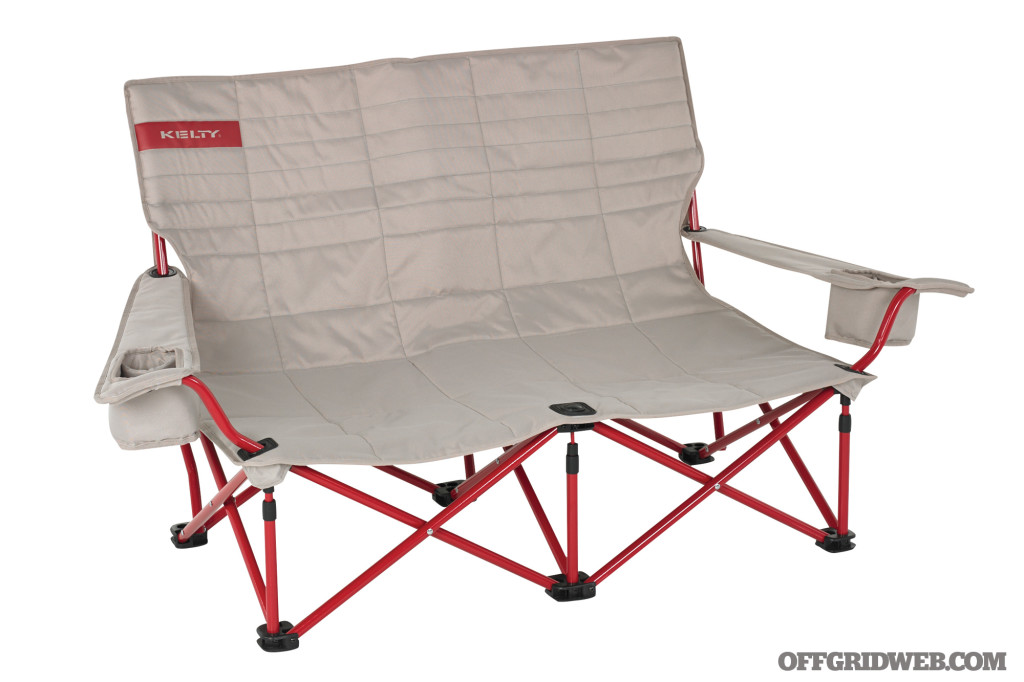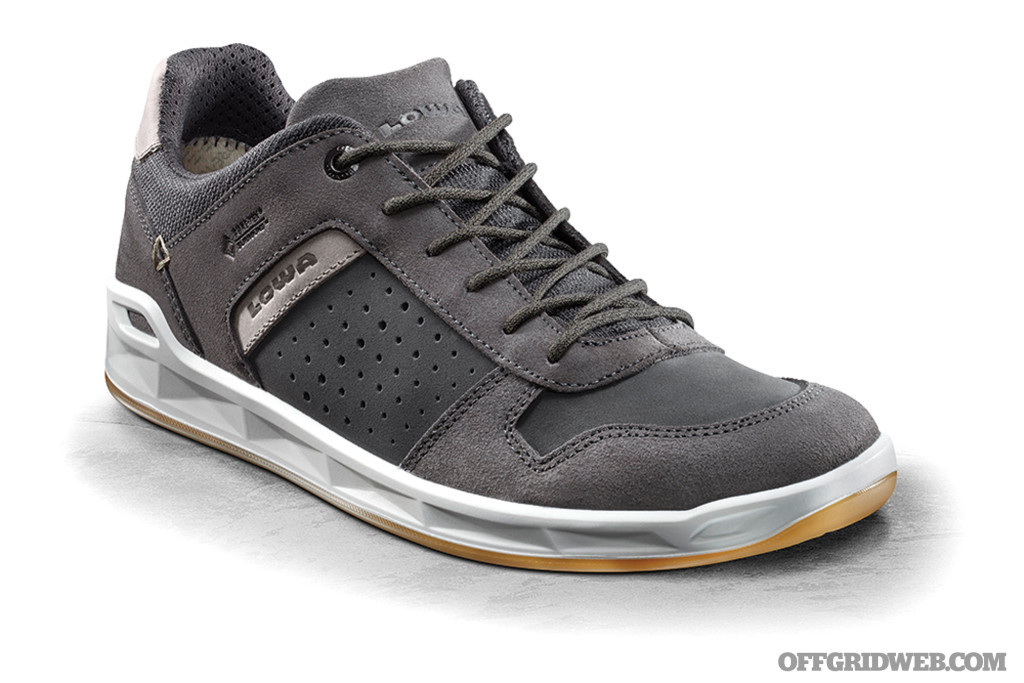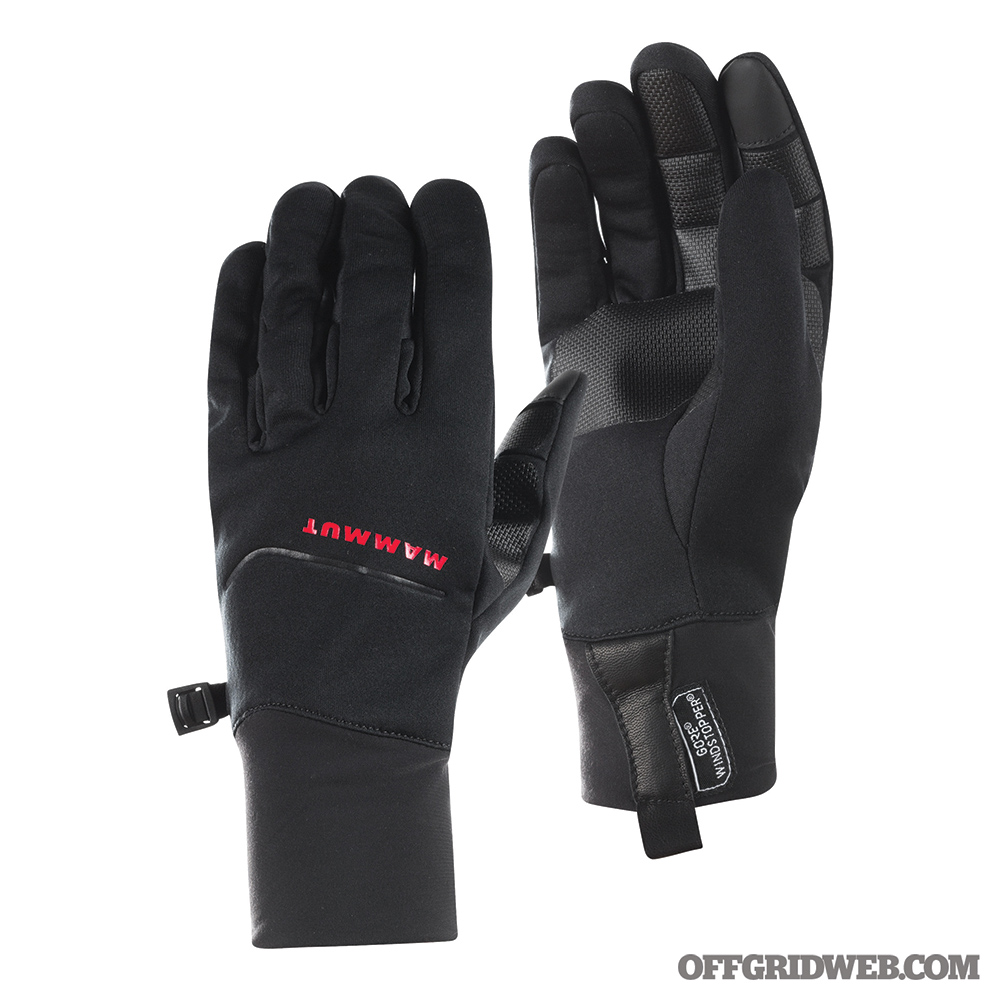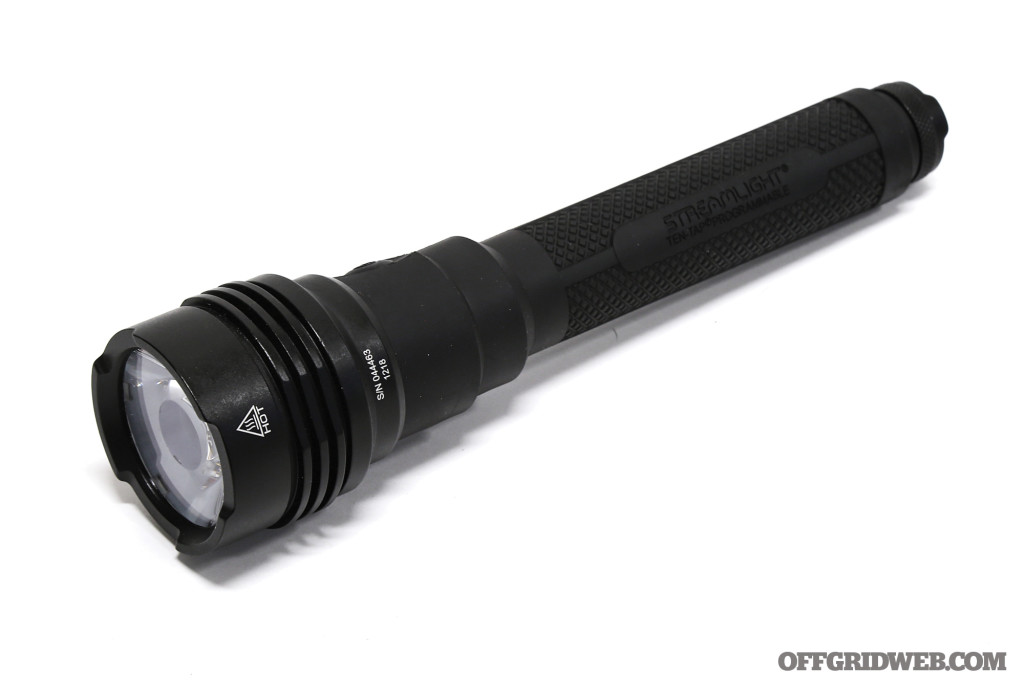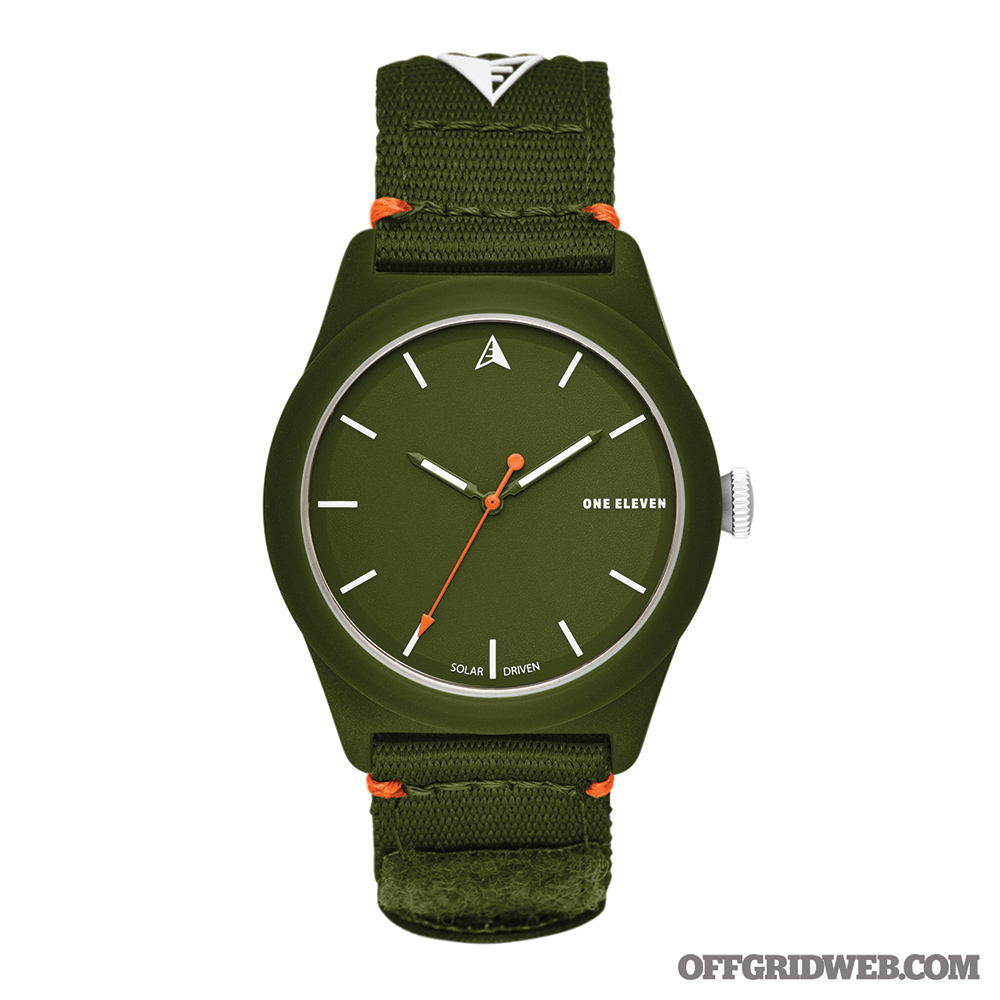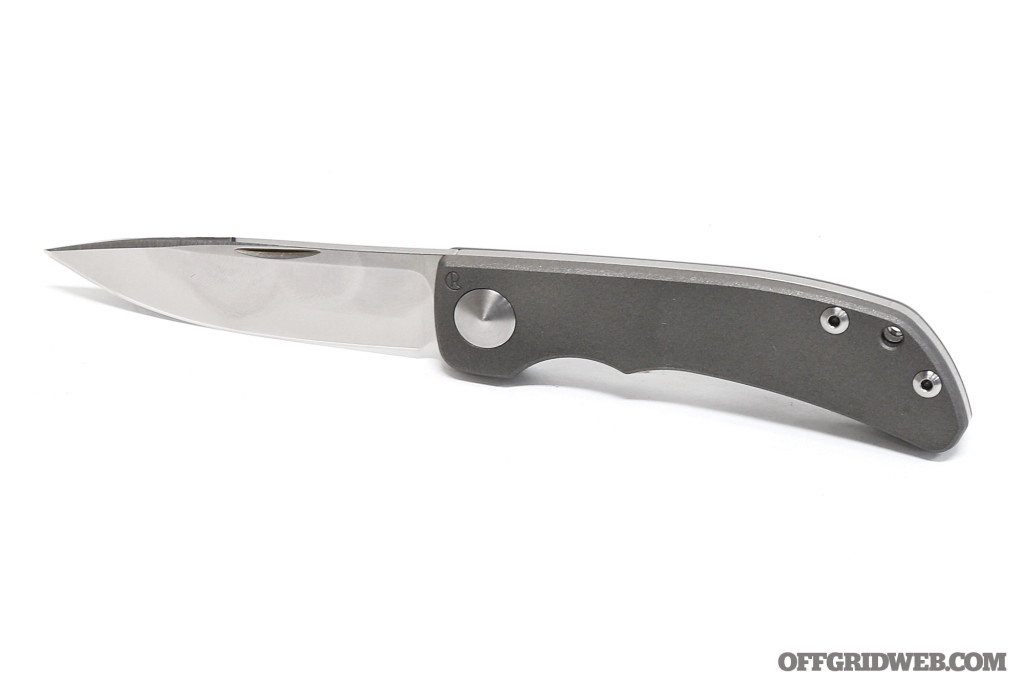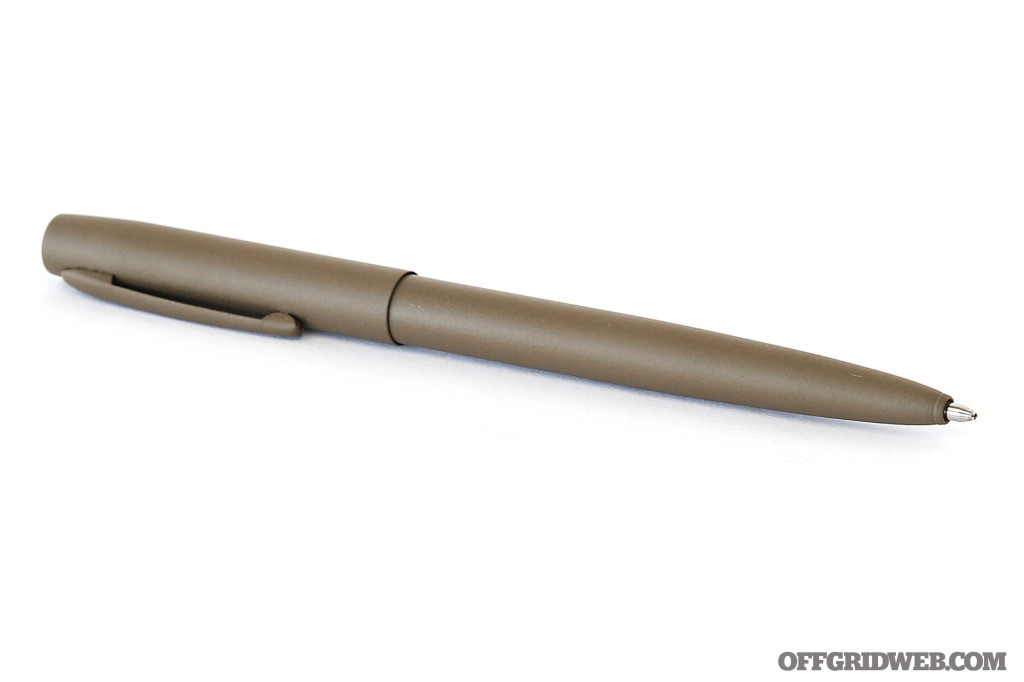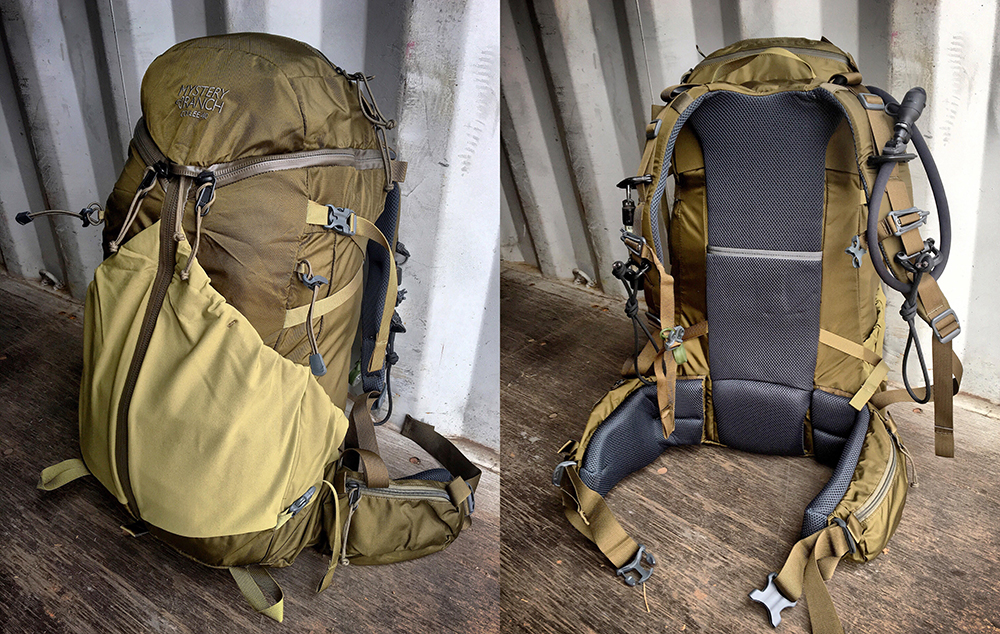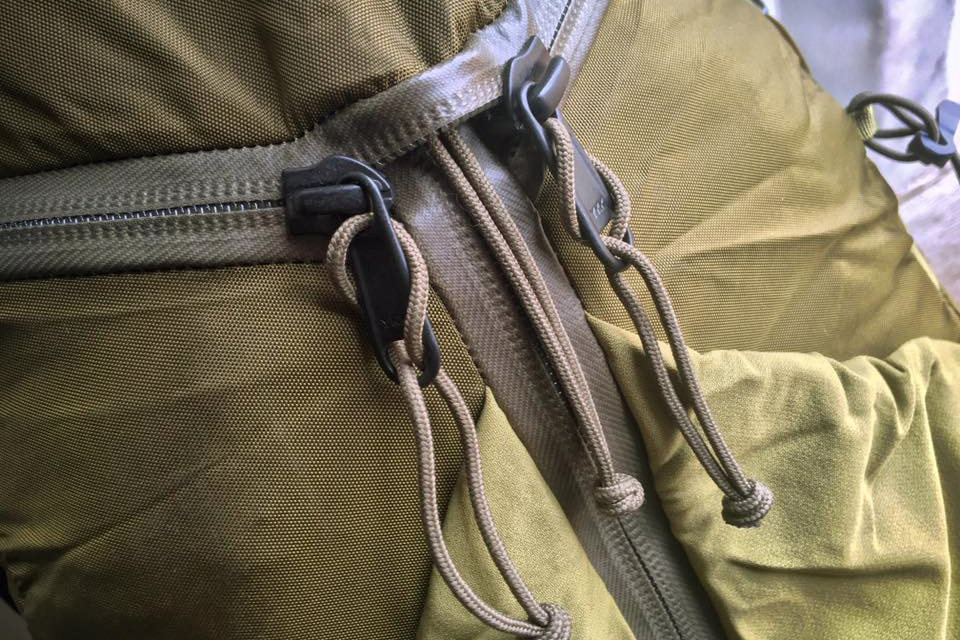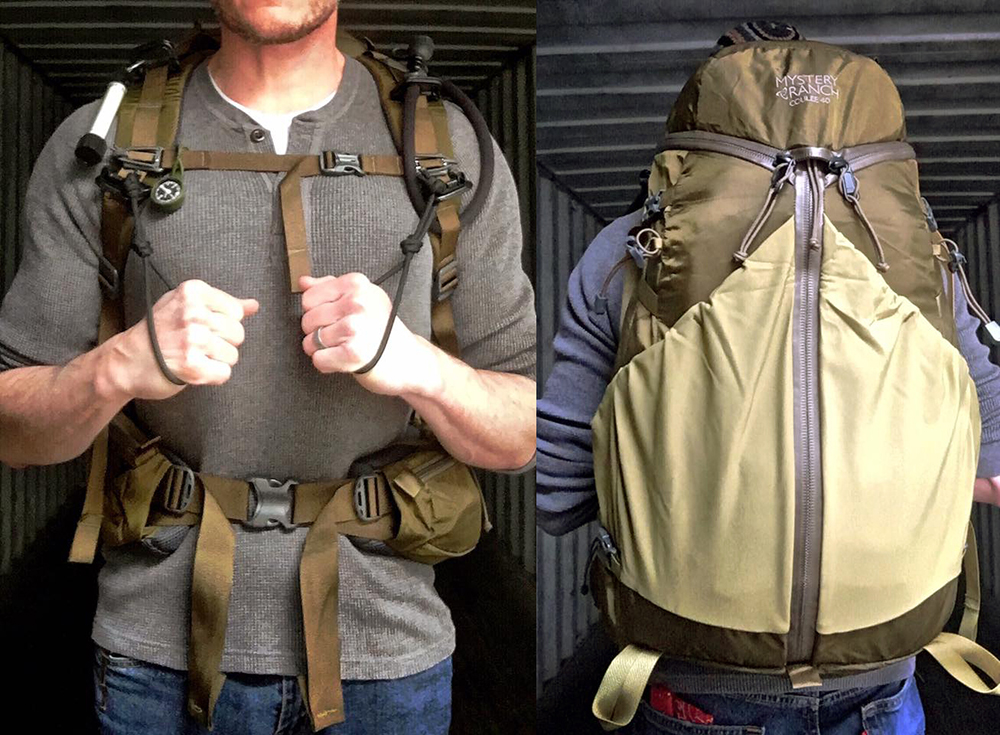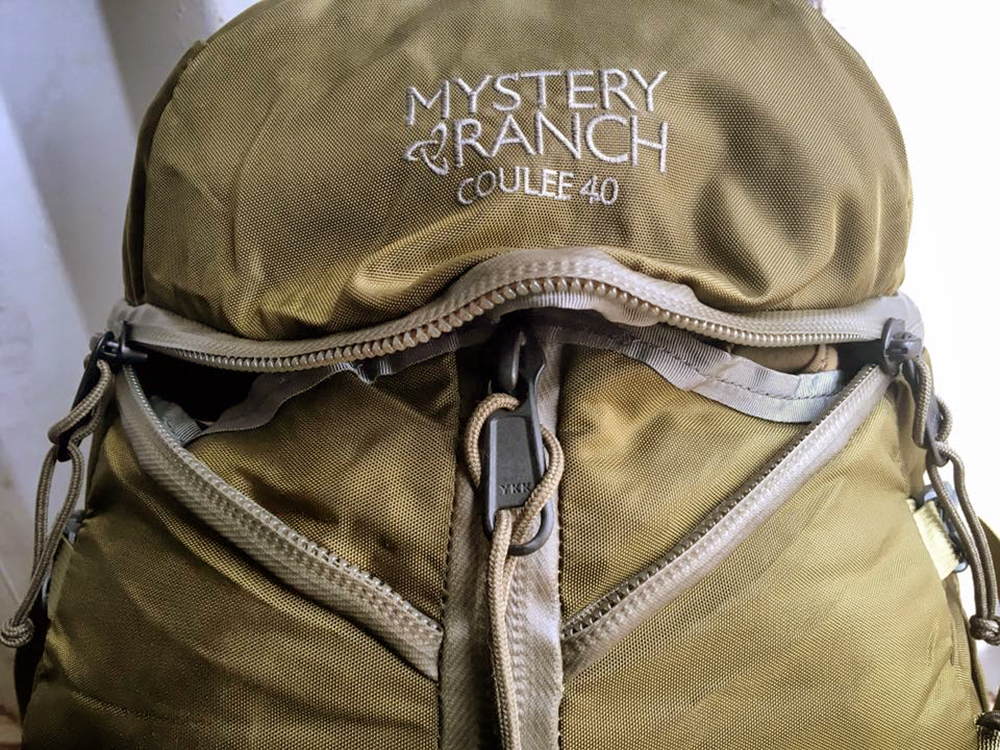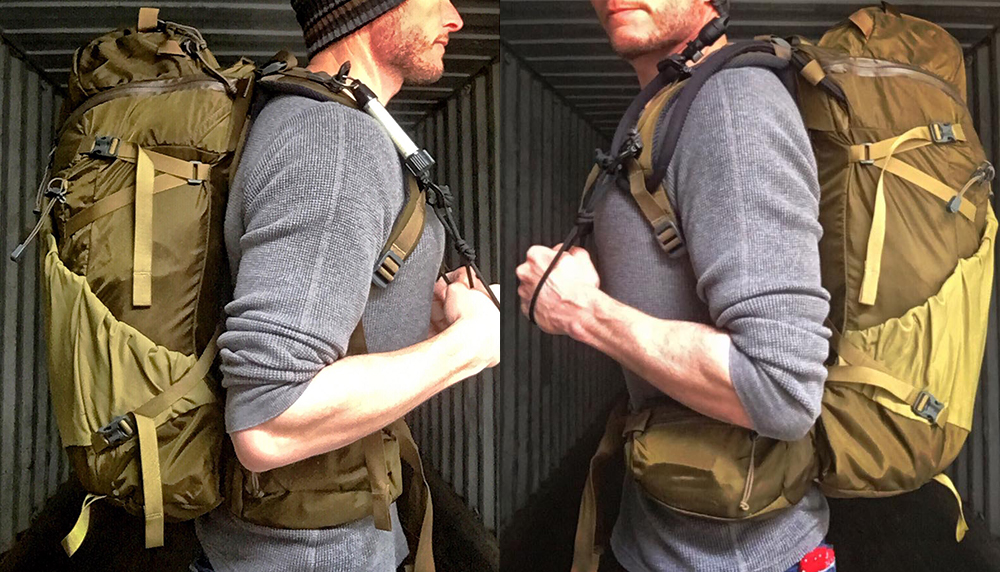A quality headlamp is a valuable investment, whether you’re planning to tackle some home-improvement projects in tight quarters, illuminate the trail on a night hike, or prepare for a long-term power outage. The market is awash with headlamps that offer multiple LED arrays, beam-focusing lenses, remote-mounted power packs, and more modes than you can keep track of — but these features aren’t always necessary. They increase complexity and cost, and may also affect physical size and weight.
In many cases, all you need is a clear source of hands-free light for your immediate surroundings, rather than a bunch of features intended for alpine climbers or industrial technicians.
The First-Generation Bandit
The Streamlight Bandit was originally released in early 2017, and we first laid hands on it at SHOT Show that year. Its simplicity, light weight, and affordable price led us to name it one of our Best Products of SHOT Show 2017. We later gave it a full review in our Survival Headlamp Buyer’s Guide, awarding it as “Best Value” in a group of 11 competitors. However, we still felt there was room for improvement, specifically regarding its short 2-hour run time at full output.
Over the last two years, Streamlight has listened to user feedback about the little headlamp. These suggestions were applied to create an improved second-generation model that Streamlight has dubbed the Bandit Pro.
Streamlight Bandit Pro
So, what has changed? Before we get to that, let’s discuss what has stayed the same.
The Streamlight Bandit Pro still produces a maximum of 180 lumens of white light in a wide flood pattern from a flat array of LEDs. It offers high and low output modes, controlled by a single rubber button on the top of the body. There’s also a shielded micro-USB port for recharging the built-in lithium-polymer battery. The power button lights up red while the light is plugged in to a power source, and green when it’s fully charged.
The mounting system, which is unique to the Bandit series, is also unchanged. It features a removable pivot mount that clips onto the back of the headlamp, allowing it to be mounted to the brim of a hat or adjusted downward while using the included elastic headband. The light can be used on the headband without this pivot bracket installed, but we see no reason to do so unless you’re looking to cut half an ounce of weight by leaving it behind.
At this point you may be thinking that there can’t be much new about the Bandit Pro, but the main upgrade is one that’s not readily visible. The Bandit Pro uses a 950mAh battery, as opposed to the original’s 450mAh unit. This more than doubles run time at full output (4.5 hours) and extends run time on low to 21 hours. Streamlight also integrated a new low-power warning system — when the battery is nearly depleted and has roughly 5 minutes of run time left, output will blink three times every 30 seconds to alert the user.
Above: A 25,000mAh RAVPower solar power bank (reviewed here) serves as a renewable off-grid charger for the headlamp.
The other noteworthy design change is the relocation of the micro-USB charge port from the bottom of the housing to the side. It’s now recessed and features a more substantial rubber cover. Weather resistance is still rated at IPX4, meaning it won’t have issues in a rain storm, but you shouldn’t submerge it completely in water. If you need a light for SCUBA diving or storming beaches after nightfall, look elsewhere.
Understandably, doubling battery capacity increased weight, but we’re glad to report that the Bandit Pro is still extremely compact and light.
Dimensions are virtually identical, although the Pro is a tiny bit thicker than the original (0.9 inches versus 0.75 inches). We placed the Bandit Pro and original Bandit on a digital scale, each with pivot mount and headband installed, and received readings of 2.0 ounces and 1.6 ounces respectively. The huge increase in run time is well worth 0.4 ounces of added weight.
MSRP for the original Bandit is $35 compared to the Pro’s $39, so the price difference is also negligible. Again, $4 for the same brightness and double the run time? That’s an easy decision.
The Color Drawback
That said, there’s one remaining advantage of the original Bandit series. Streamlight offers dual-output models of the original Bandit, identifiable by their Coyote brown housings. These feature the regular white LEDs plus your choice of either red or green secondary LEDs. This additional color is a major advantage, since it’ll preserve your night vision while reading maps or moving around your campsite.
Currently, the Bandit Pro is only available with white light output. We suspect that Streamlight will eventually release a dual-output Bandit Pro, but it’s not available at the time of this review. If (or when) it does become available, we’ll definitely be picking one up.
Conclusion
The Streamlight Bandit series proves that “good enough” doesn’t have to be an insult — in this case, it’s a compliment. This isn’t a 1,000-lumen monster with three different LED arrays, twelve modes, enough throw to span the Grand Canyon, and a massive battery pack that feels like strapping a brick to your head. It’s not trying to be any of those things, because such a light would be overkill for most of us. Instead, it’s a simple and effective means of illuminating your camp site, tent, work bench, or other nearby objects.
We like the original Bandit and — with the exception of wishing for a secondary output color — we like the new Bandit Pro even better. It isn’t ideal for lighting up long dark trails or scanning the horizon, but it works great for most other tasks. If you occasionally need a long-range light source, pair it with a flashlight with a spot beam (Streamlight’s ProTac HPL, for example) and you’ll have your bases covered.
Pros:
- Soft 180-lumen flood beam works well for up-close tasks
- Much improved run time — 4.5 hrs on high, or 21 hrs on low
- Minimalist design keeps things simple and lightweight
- Hat clip is a helpful feature for those of us who wear ball caps often
Cons:
- Only available with white light output (at least for now)
- Flood beam isn’t effective for mid- and long-range illumination
For more information about the Bandit Pro headlamp, go to Streamlight.com.

